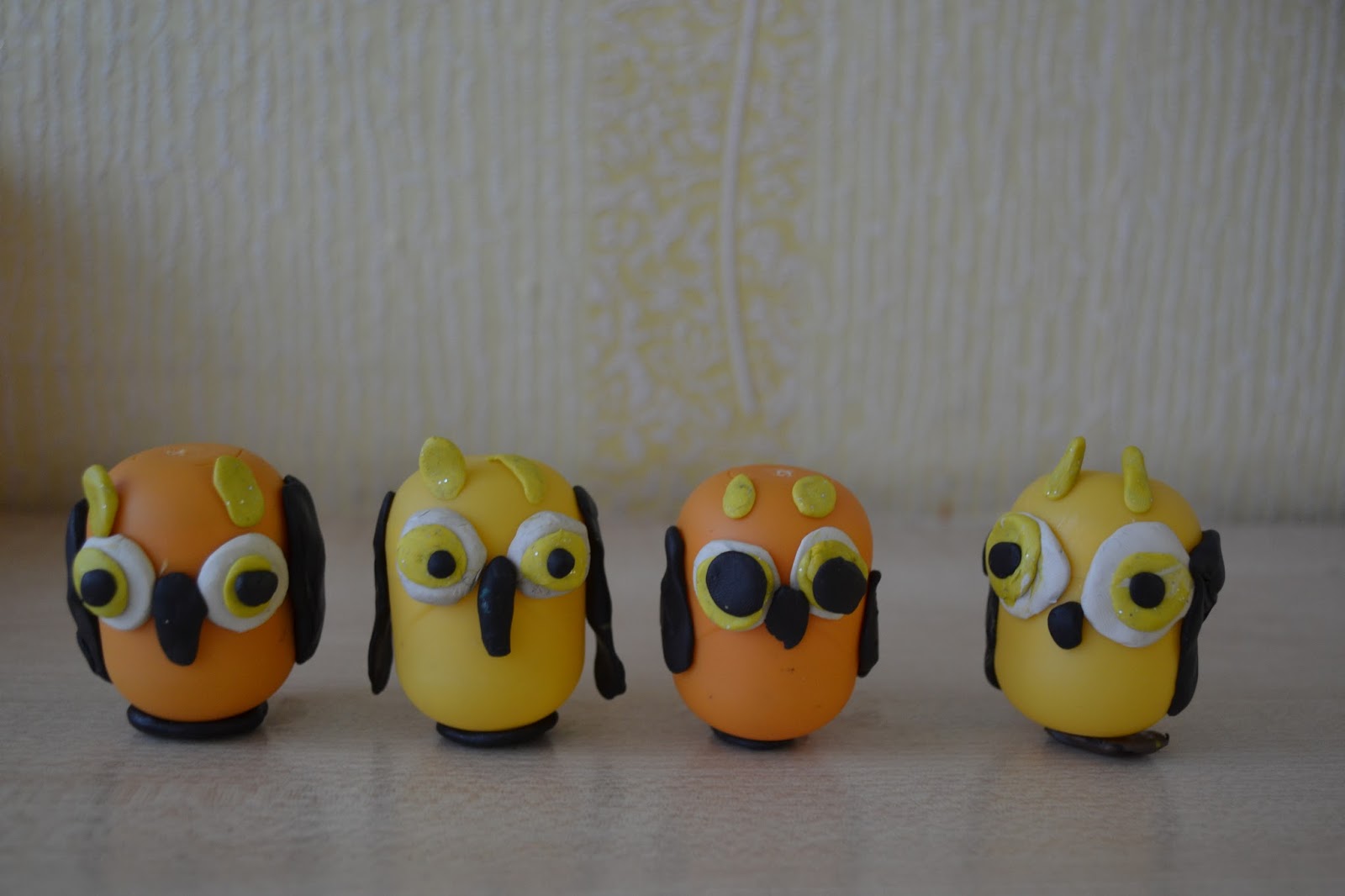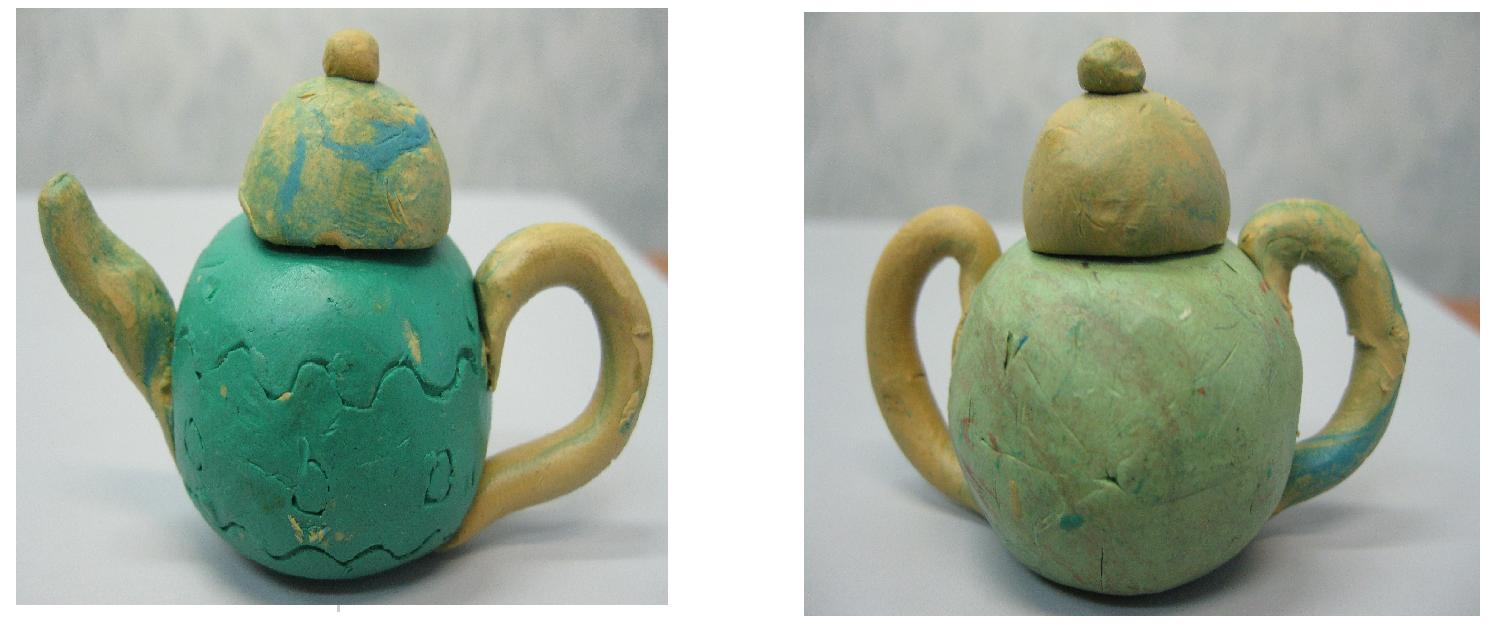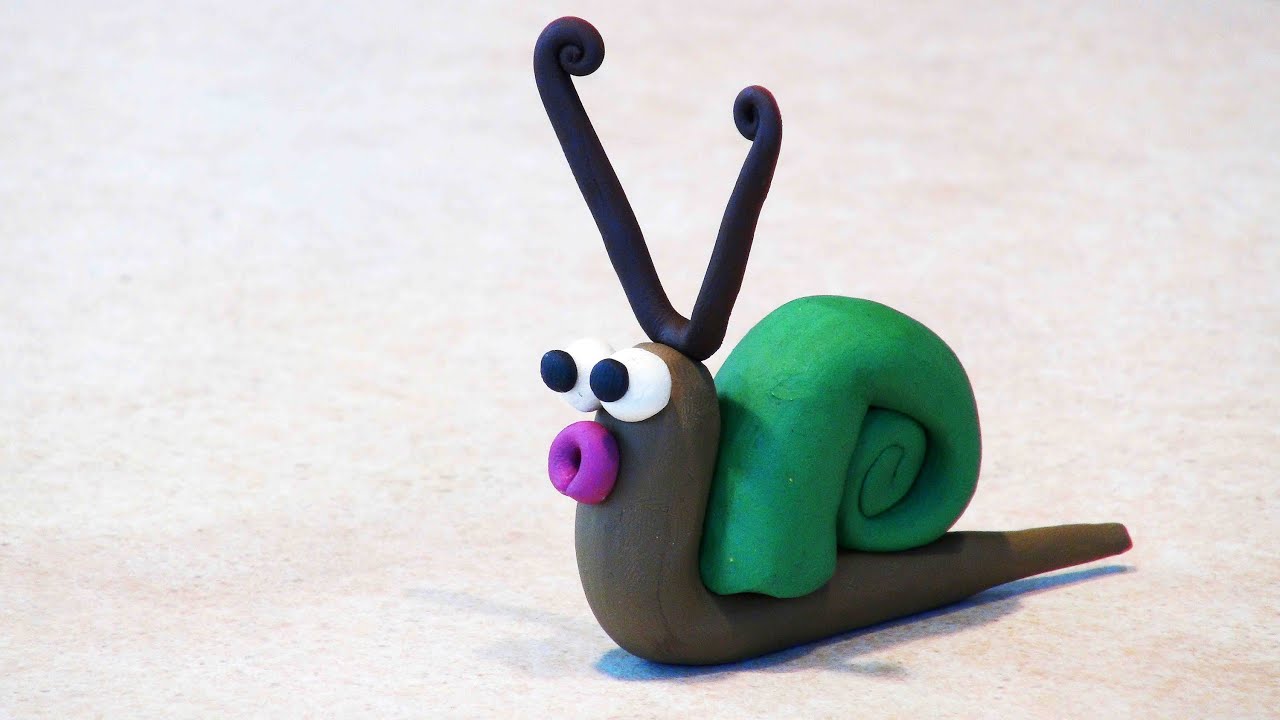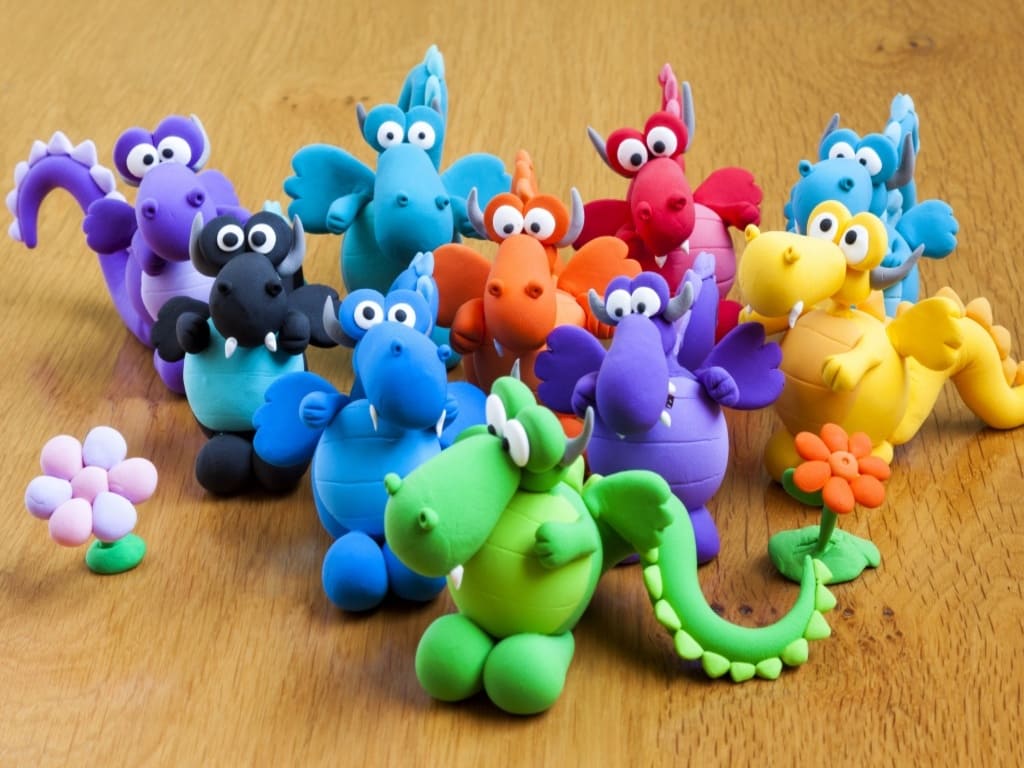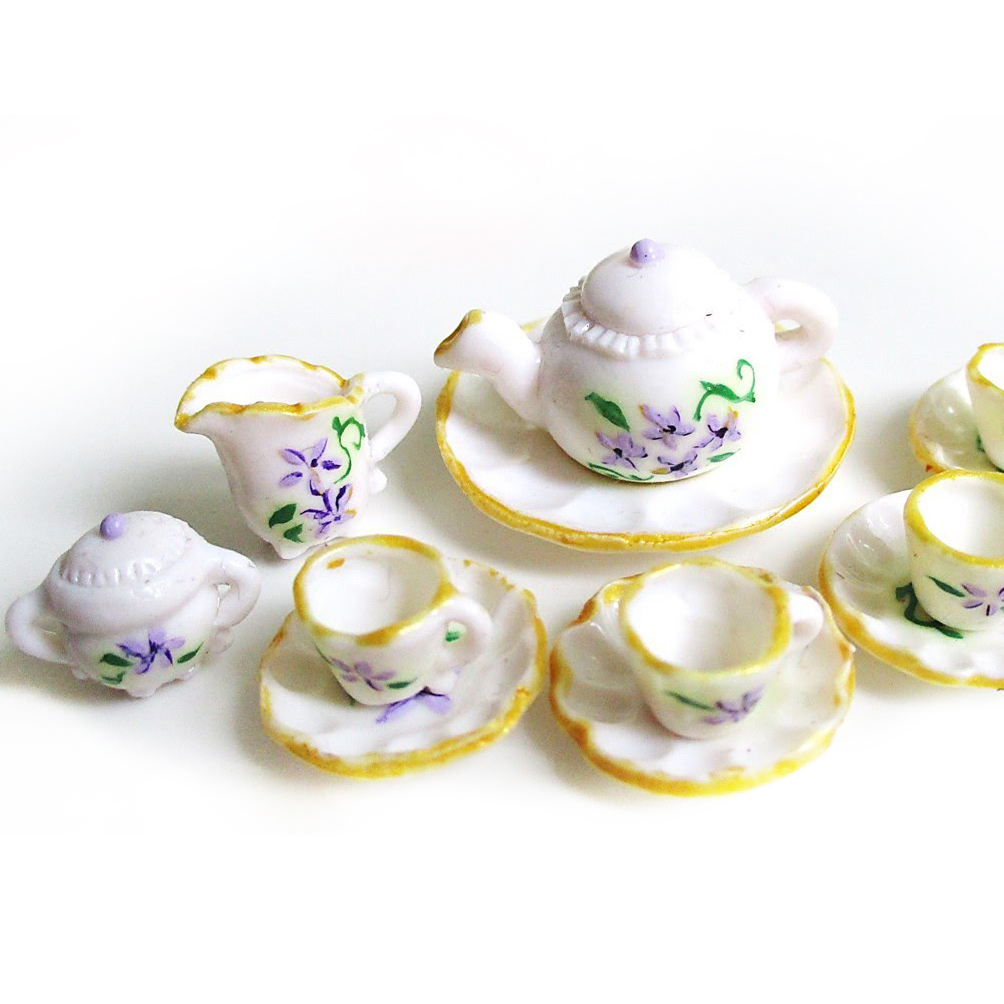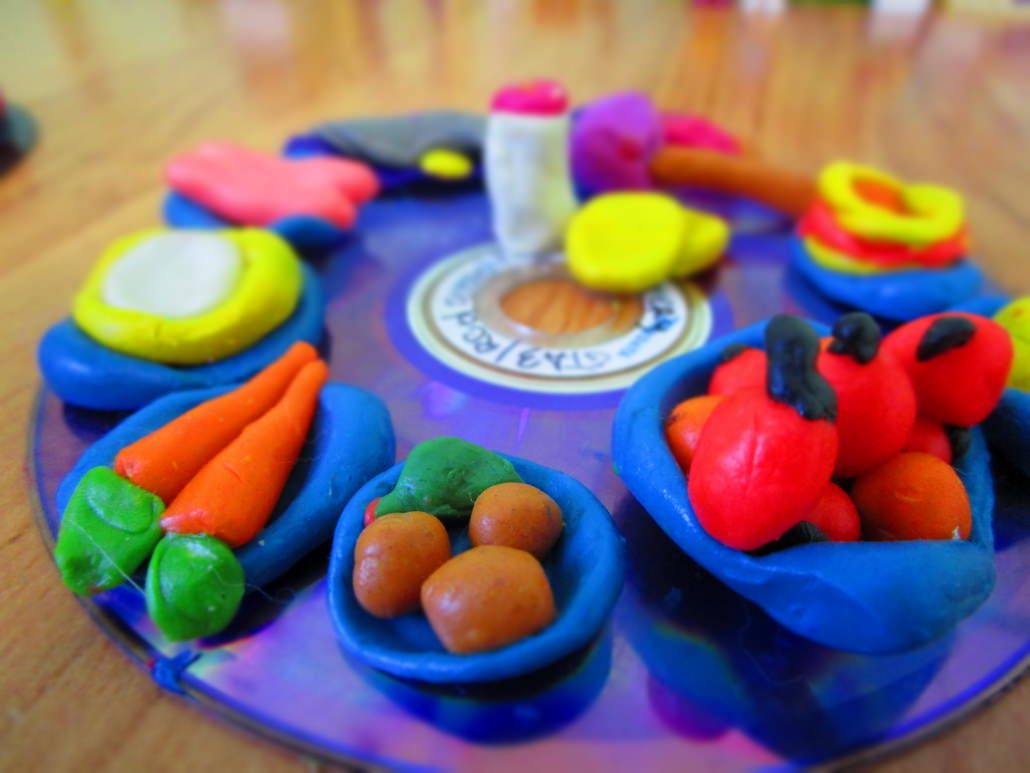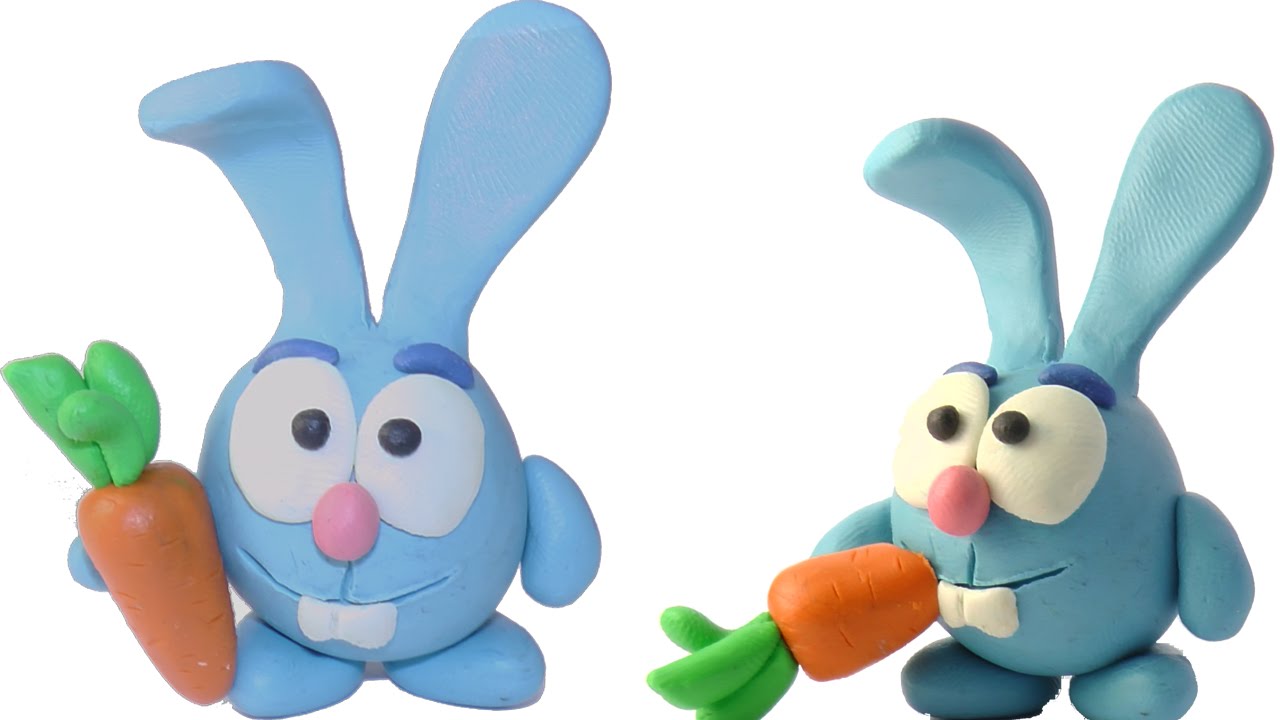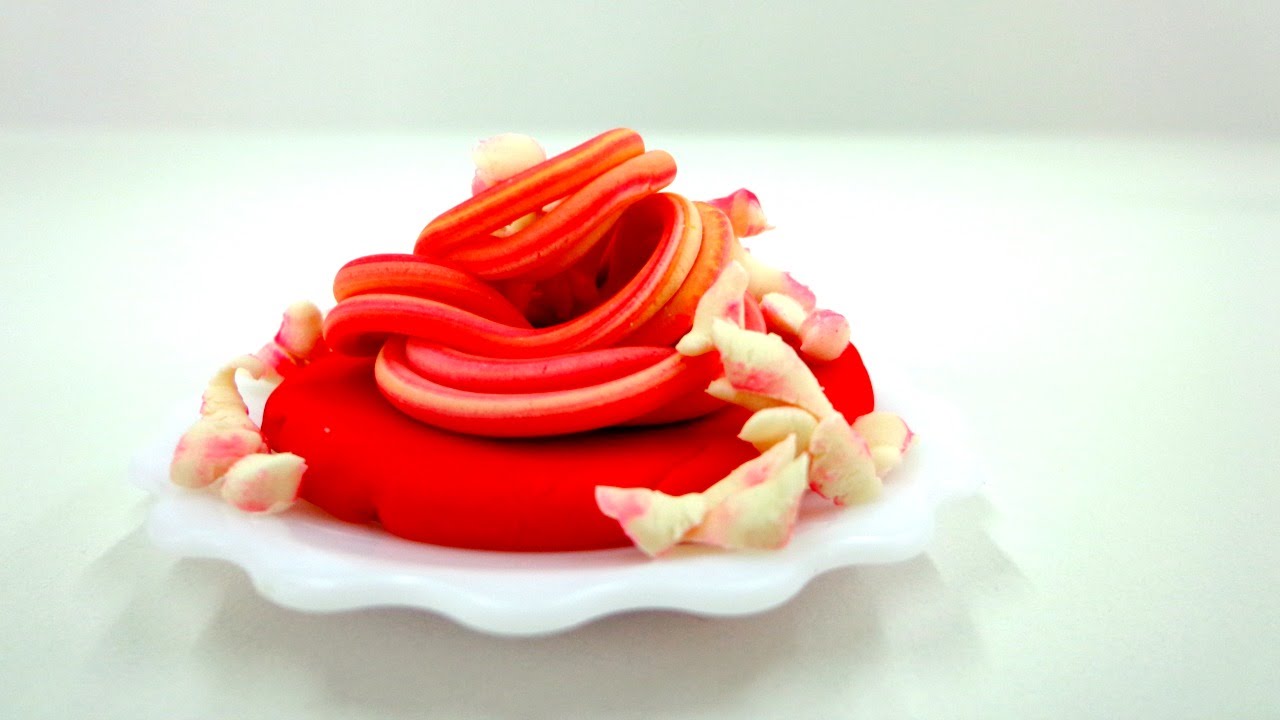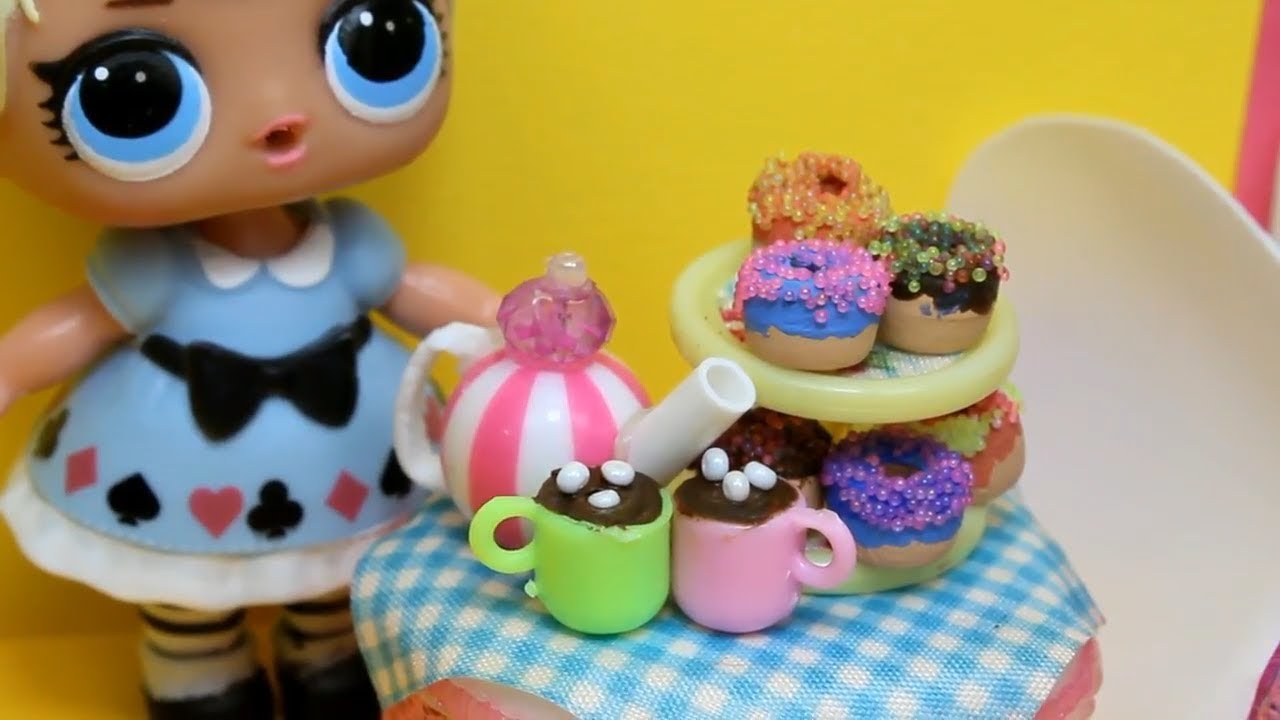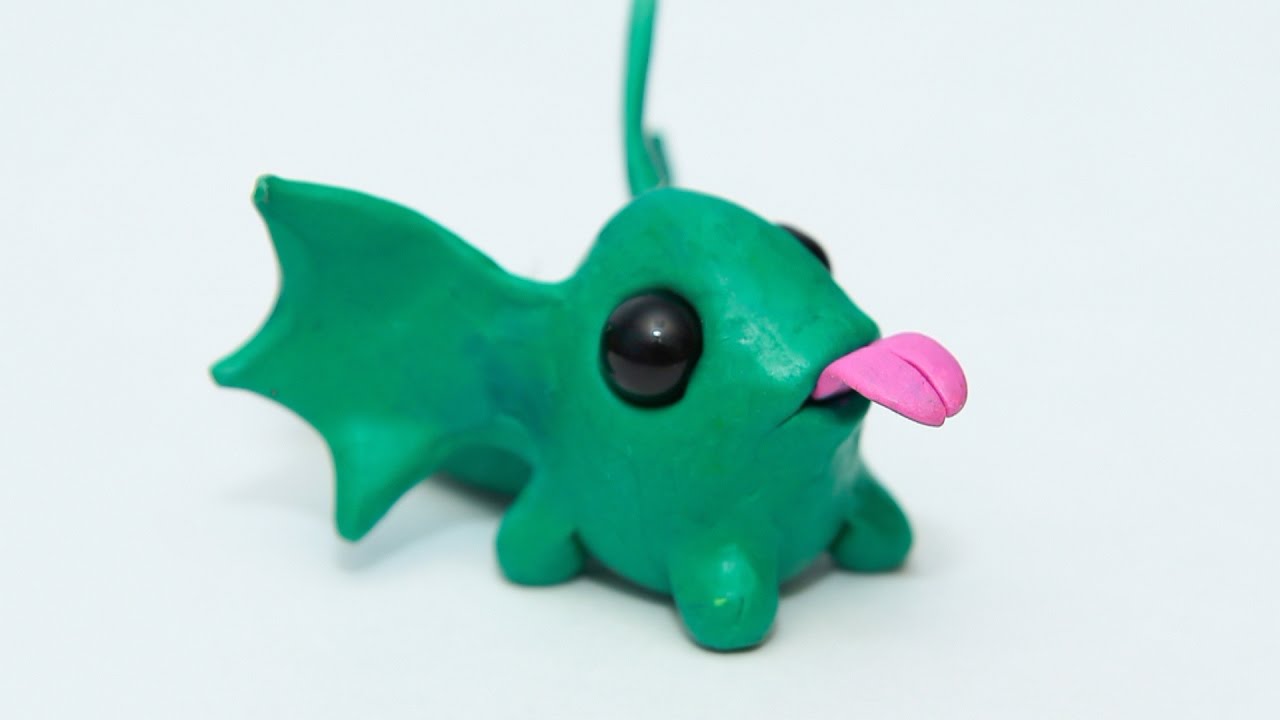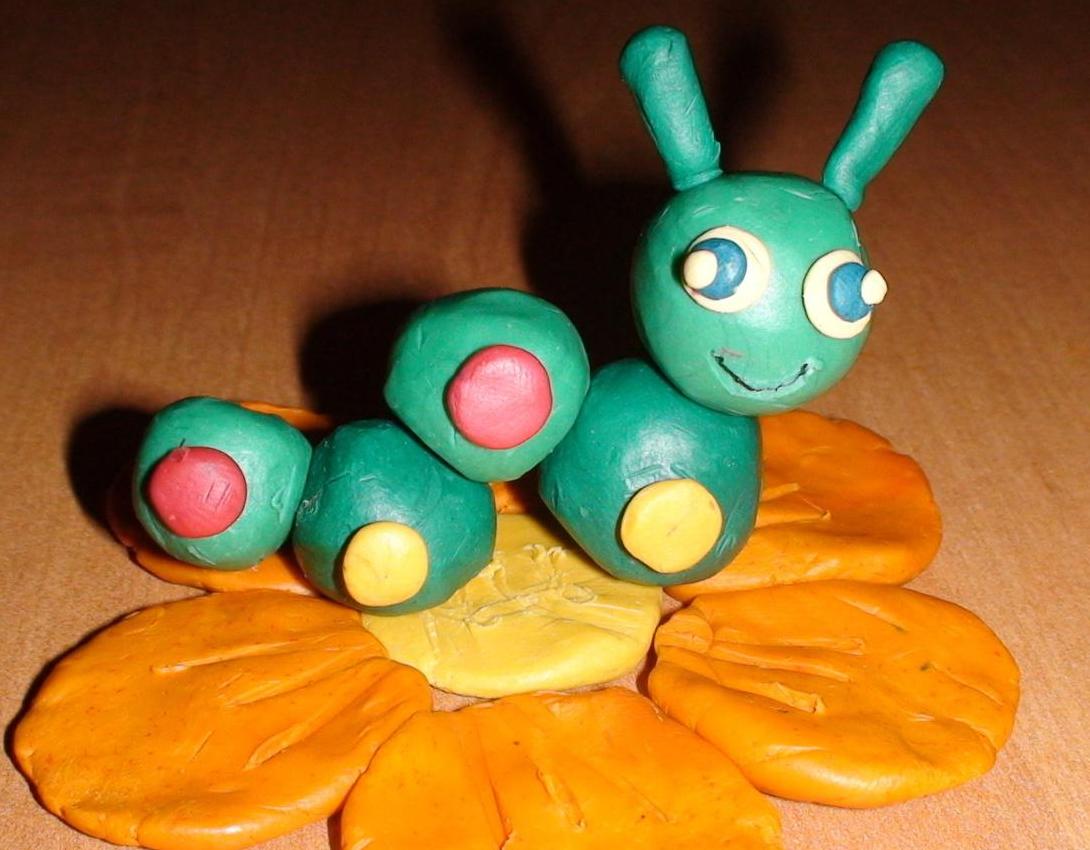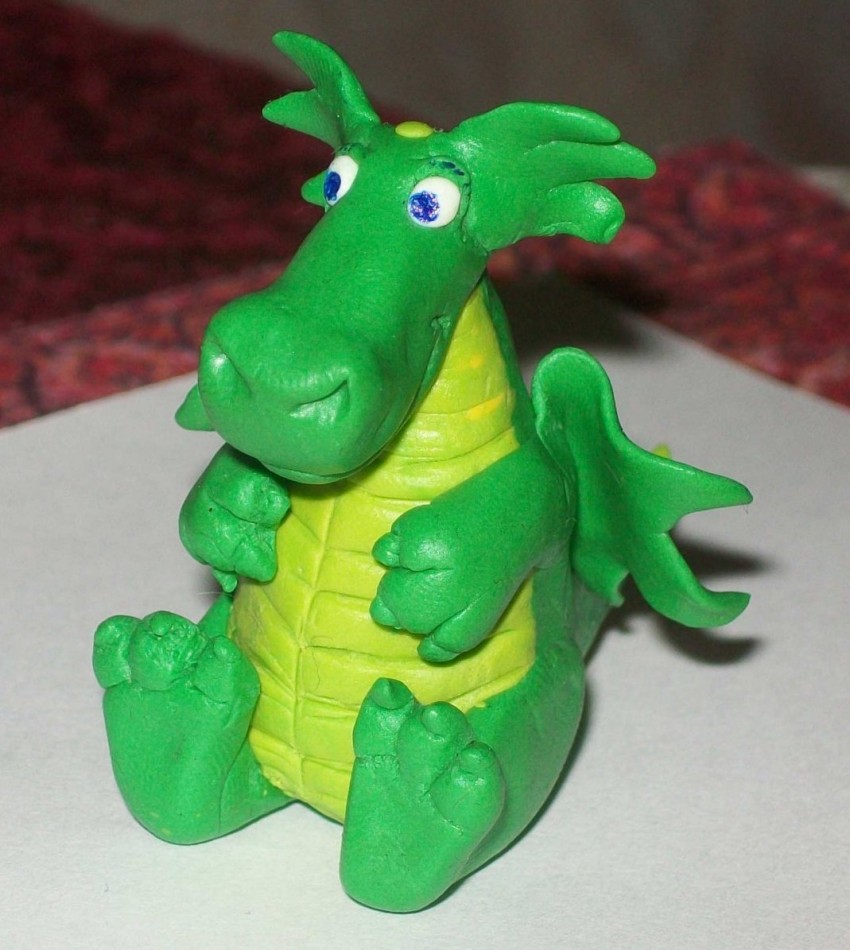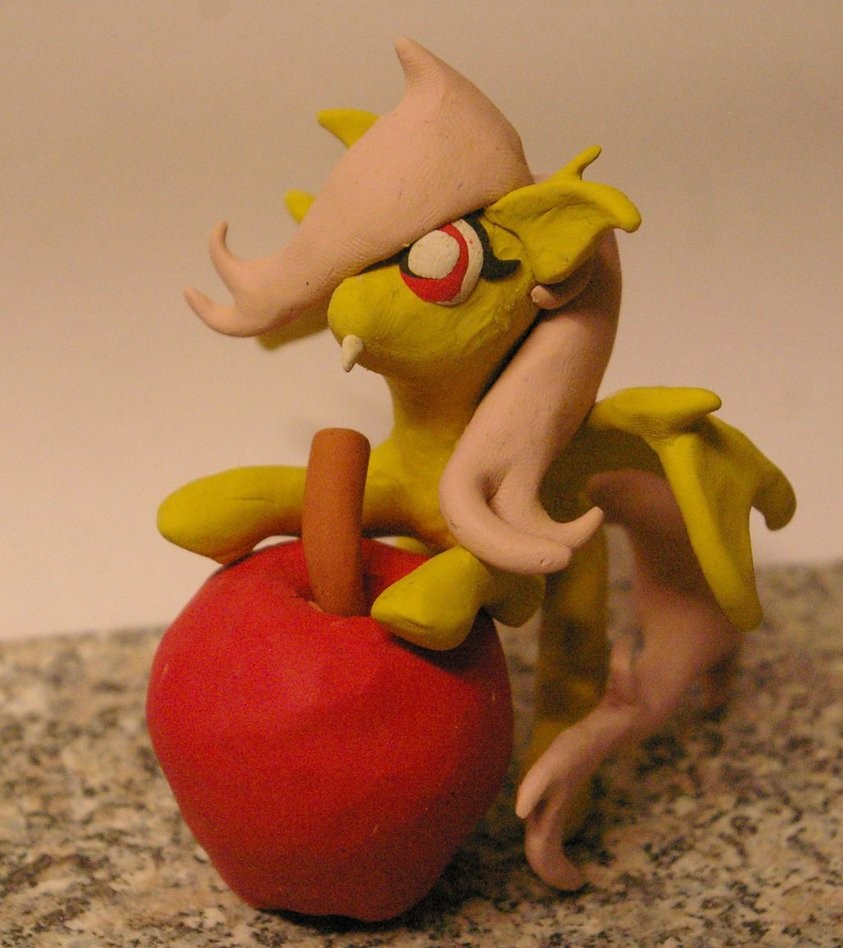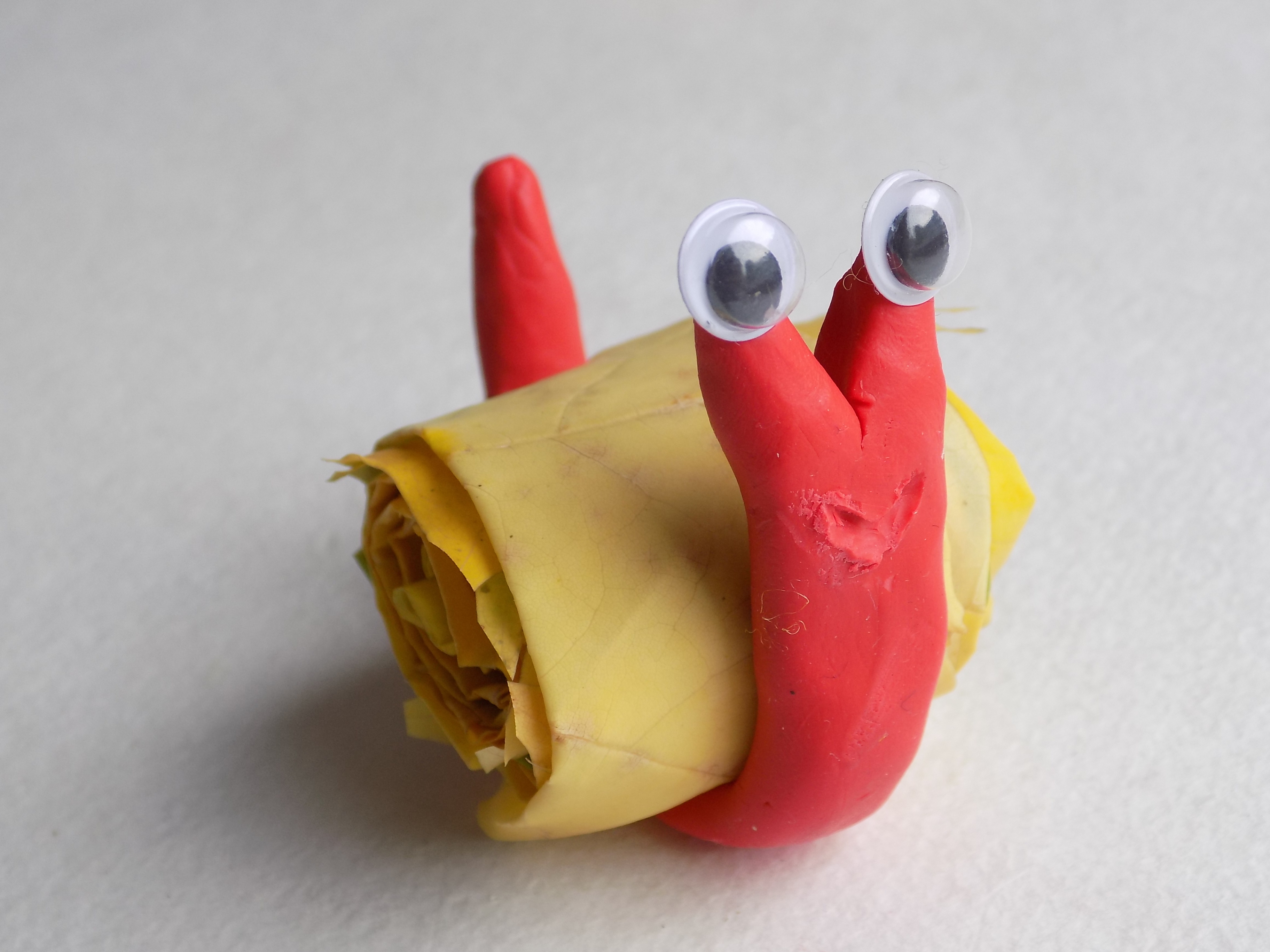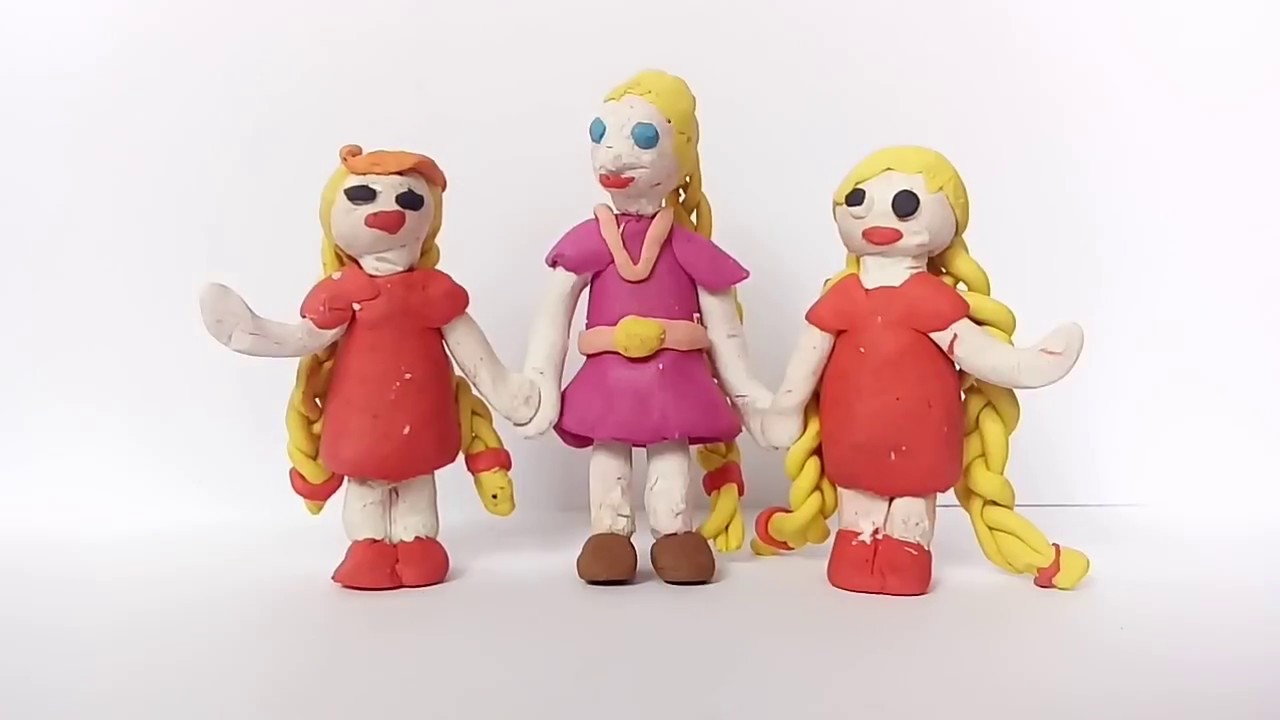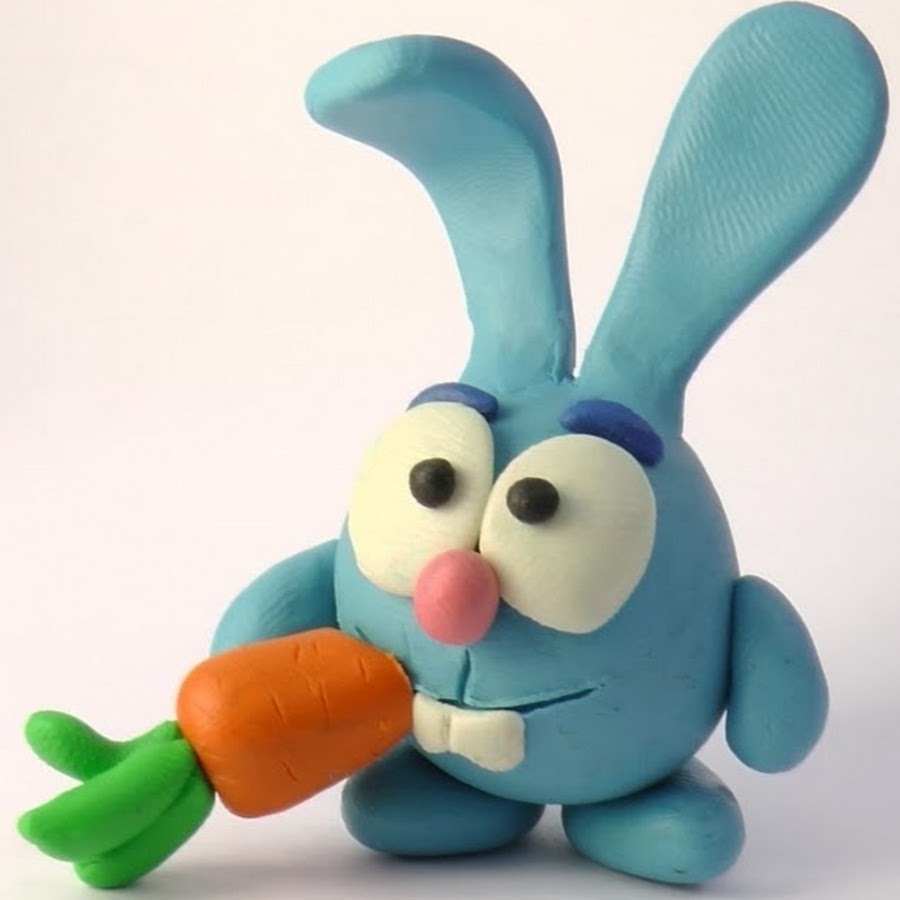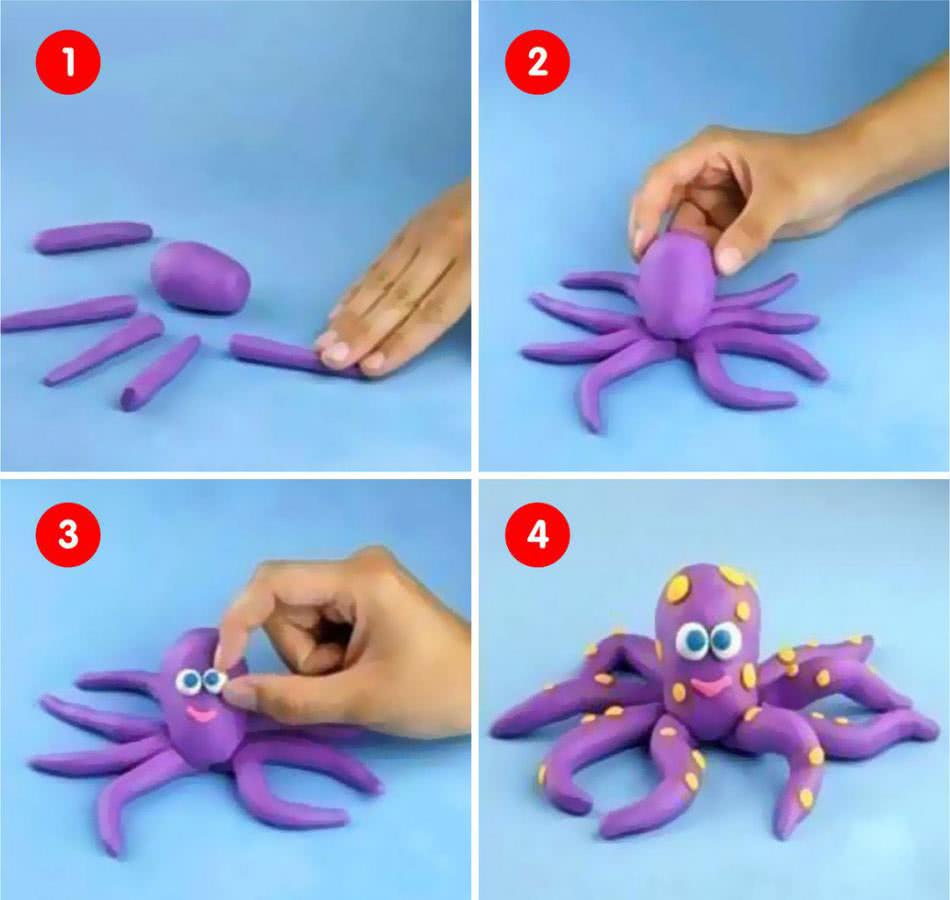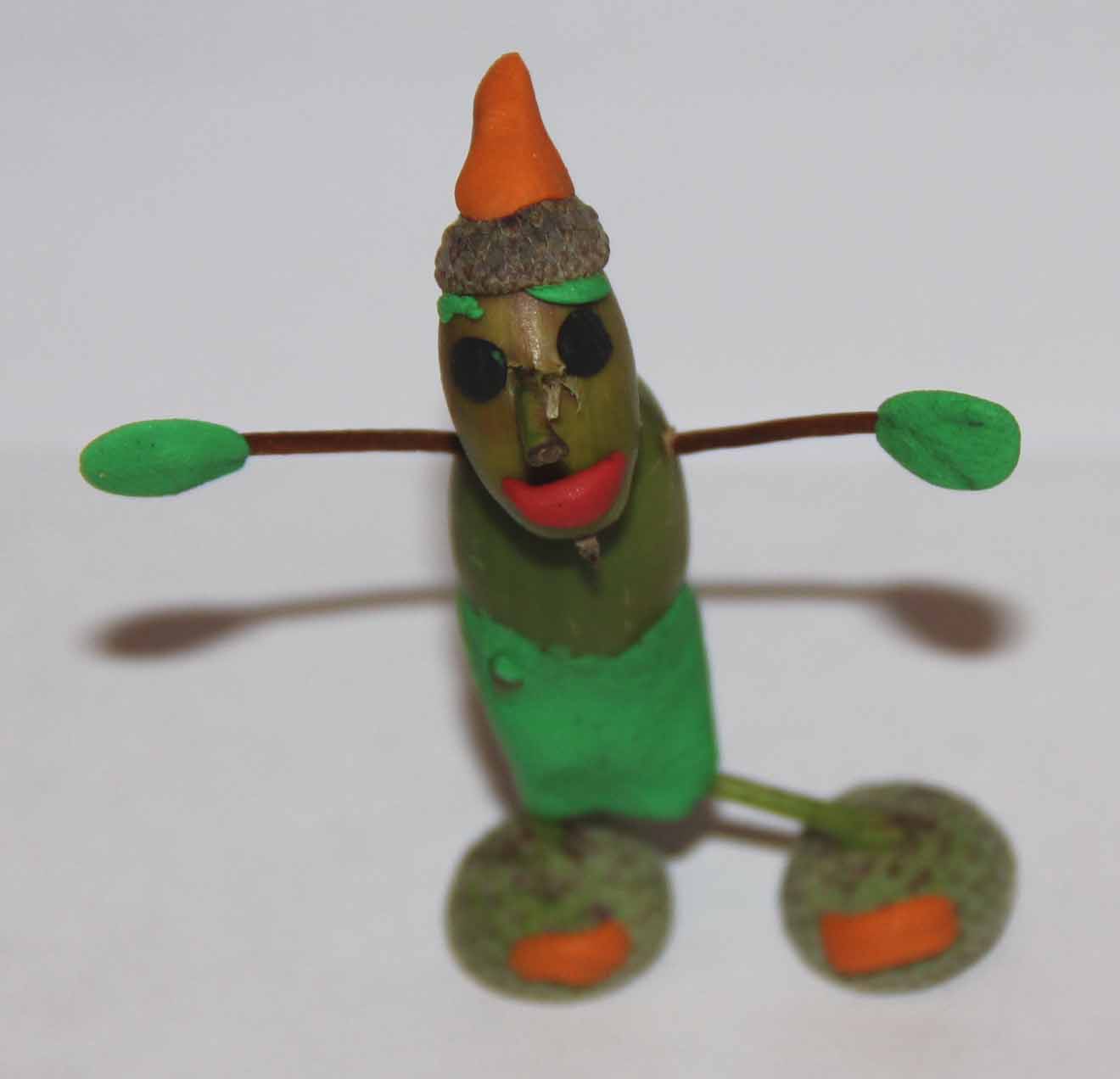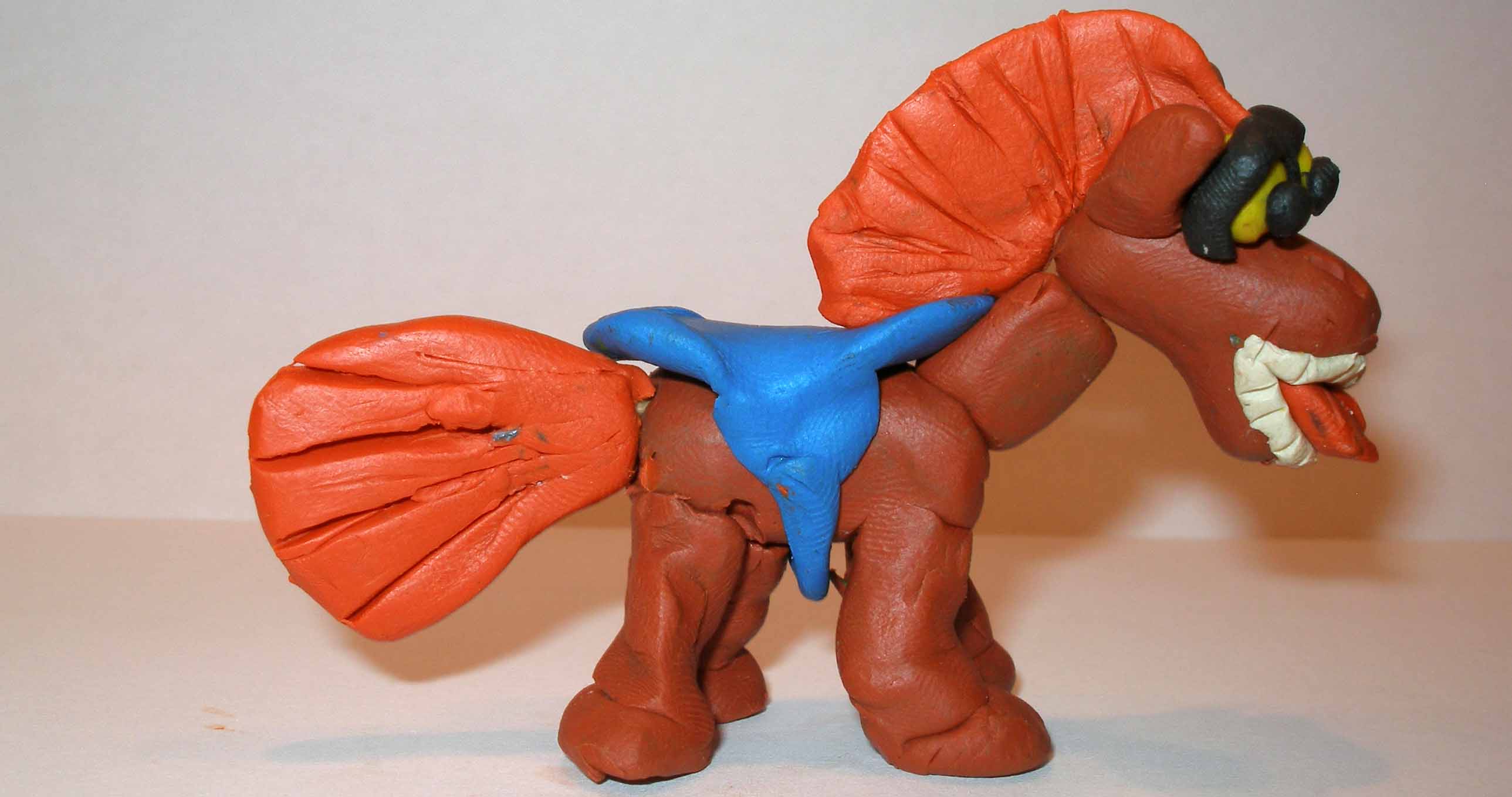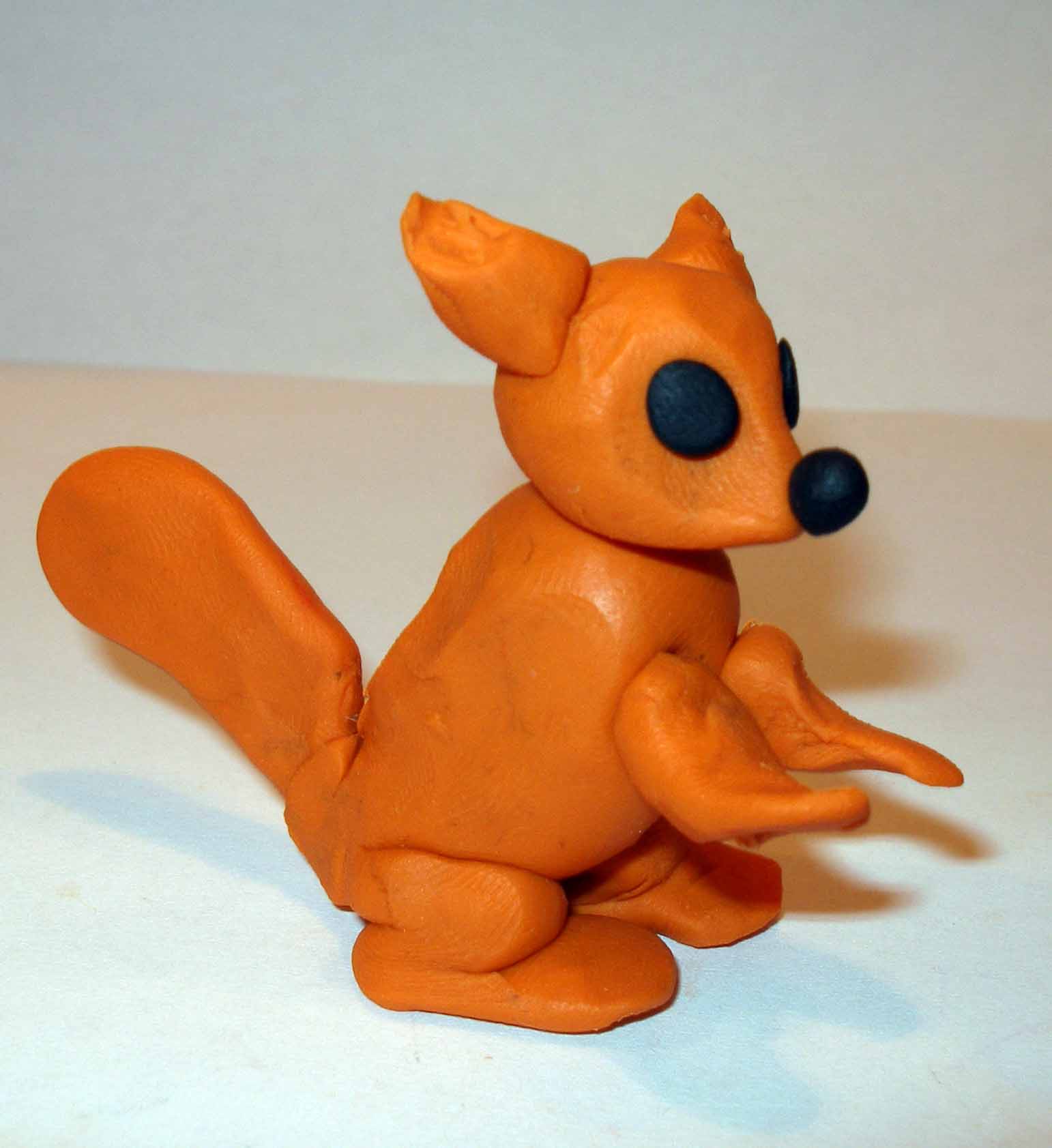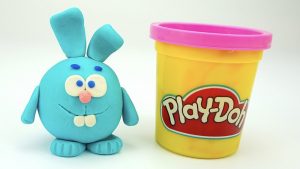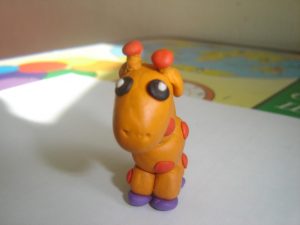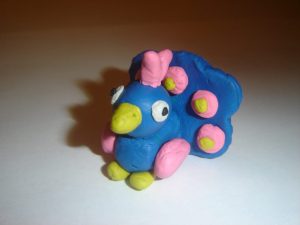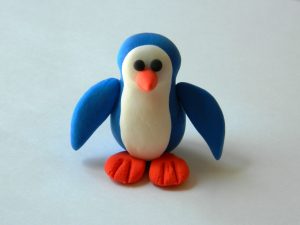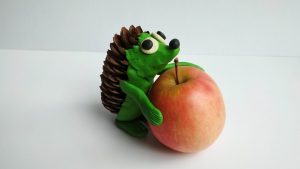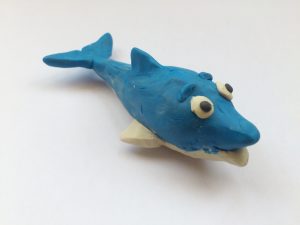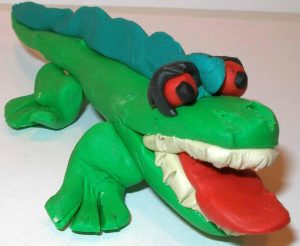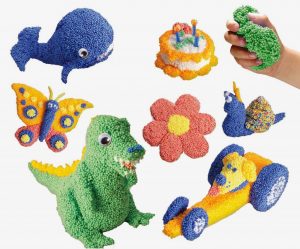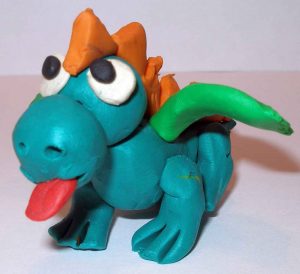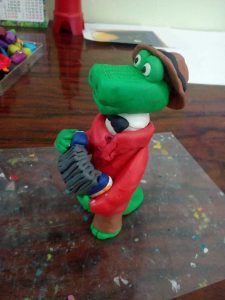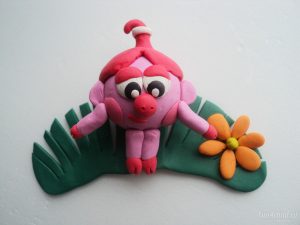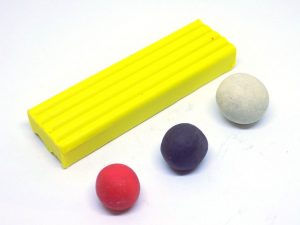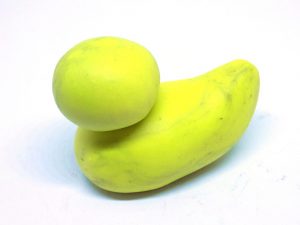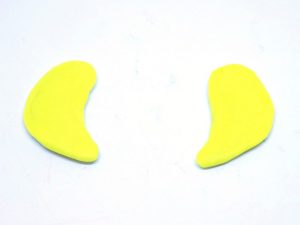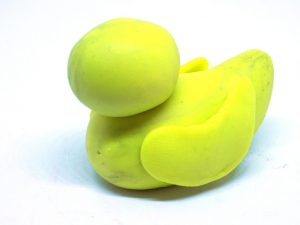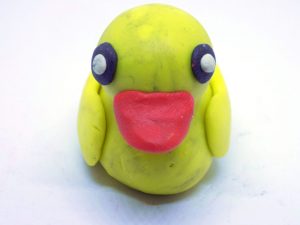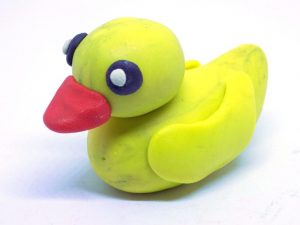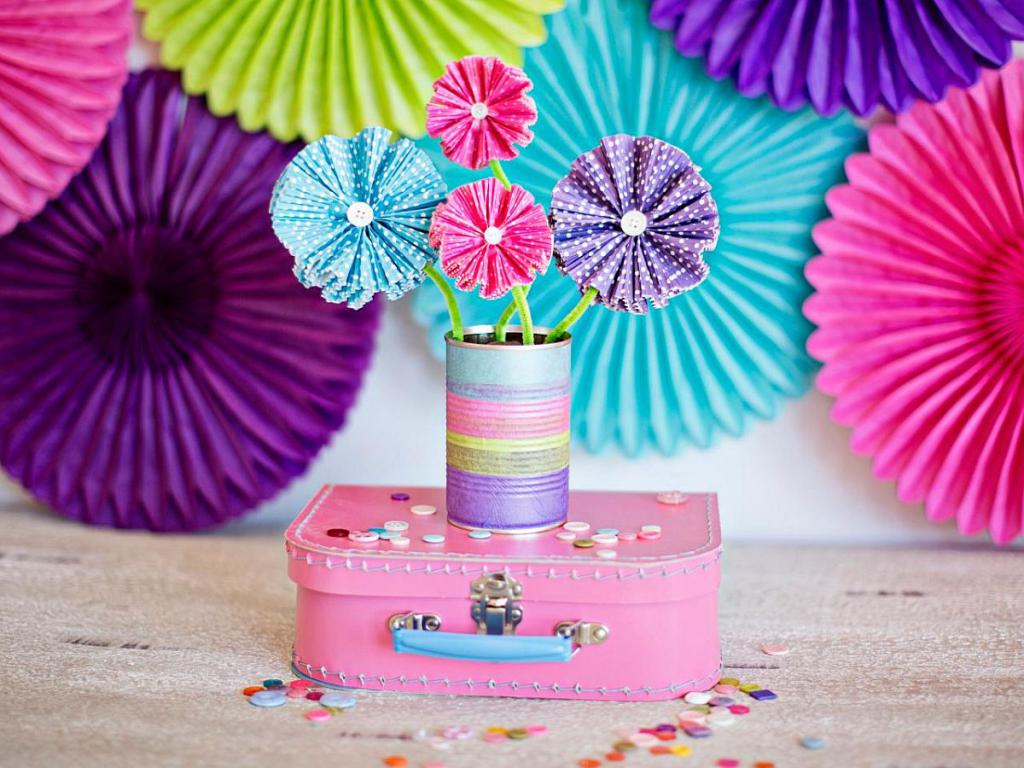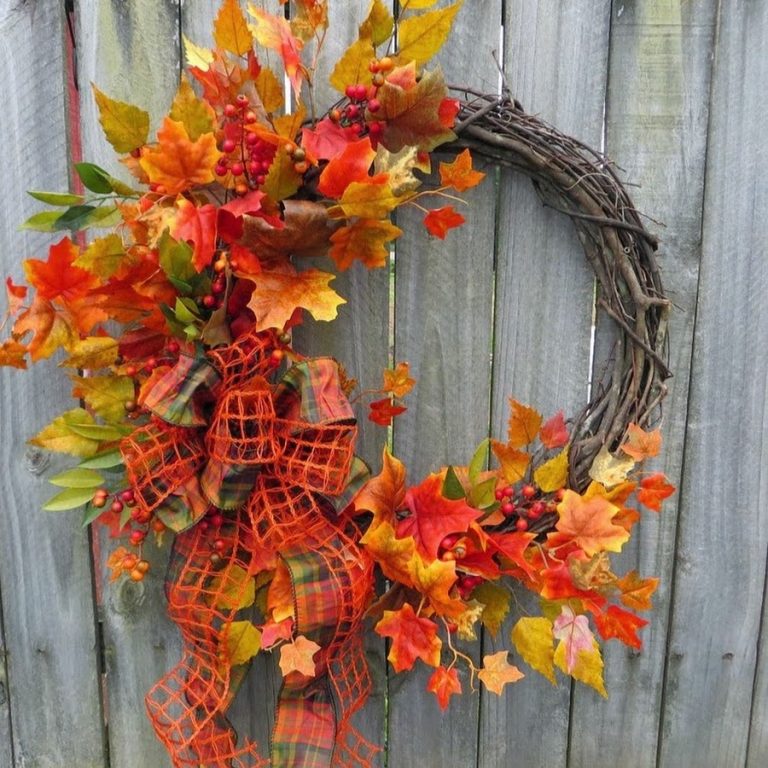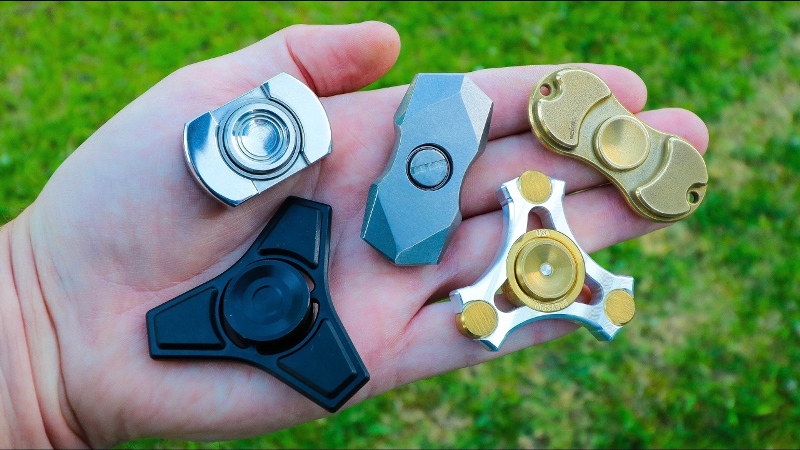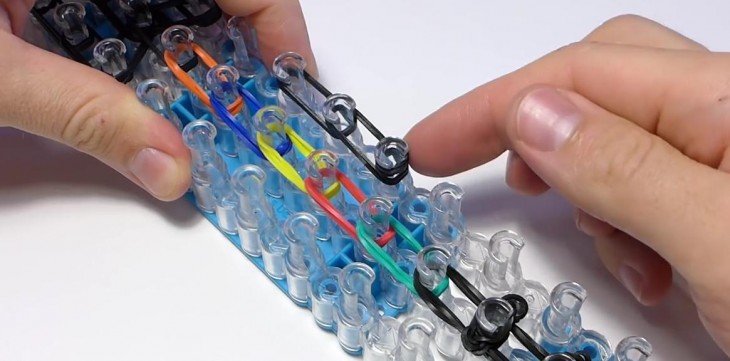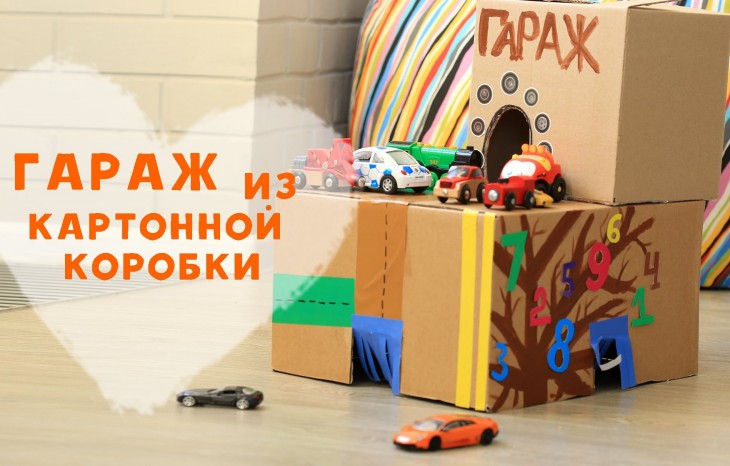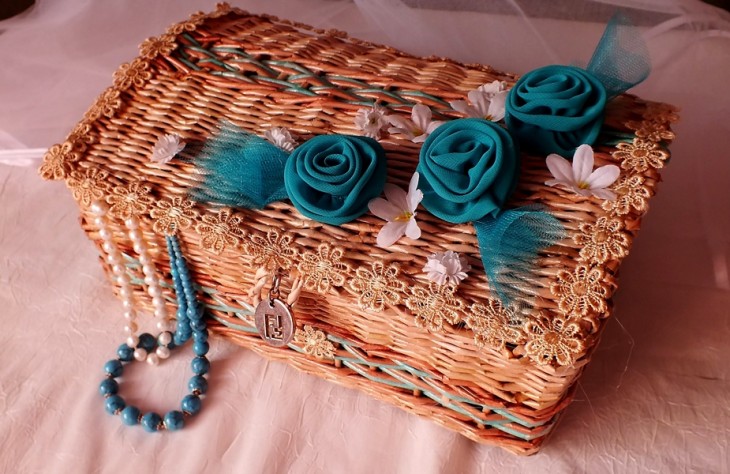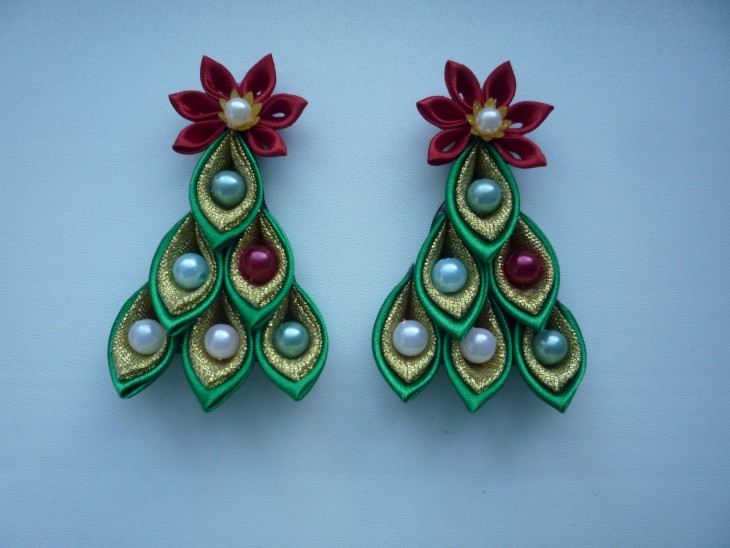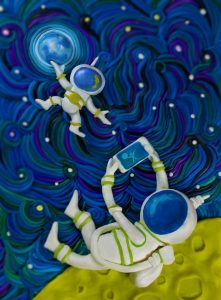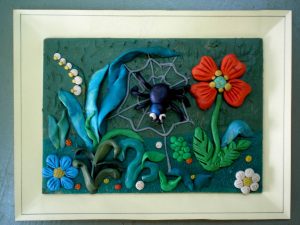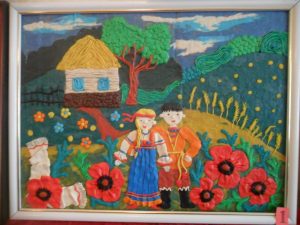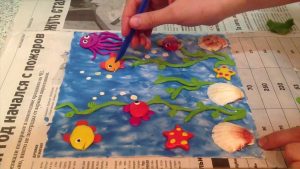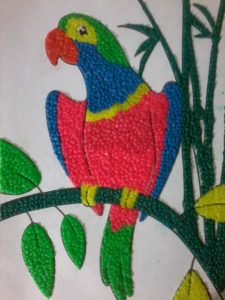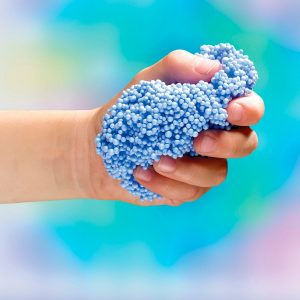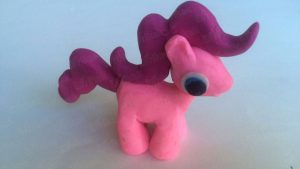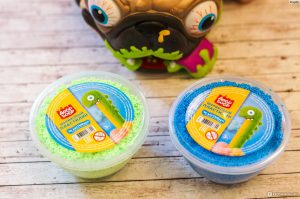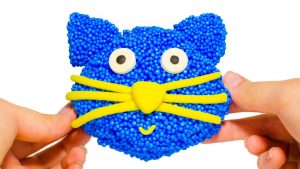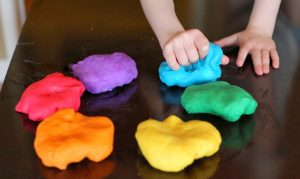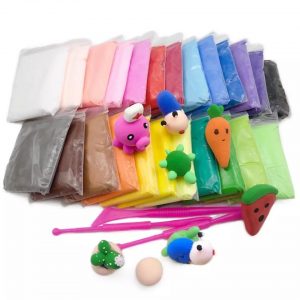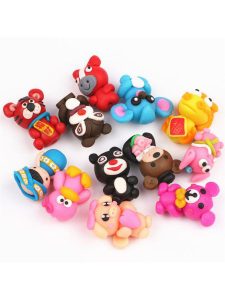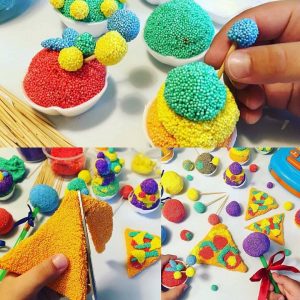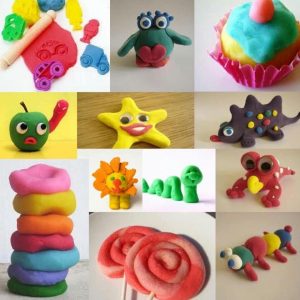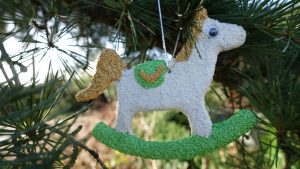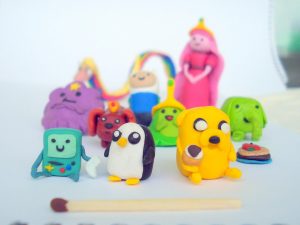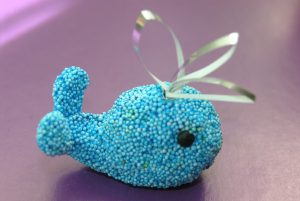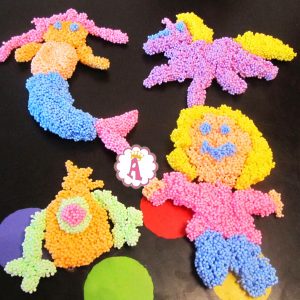Plasticine is a wonderful ornamental material. Malleable and soft, it easily creases, stretches. You can give it any shape, smudge instead of paint in the picture and create a real miracle from it. Modeling from plasticine is creativity and art, modeling and design, and most importantly - one of the most beloved children's activities. In the photo of plasticine crafts, children's creations are presented in the form of funny fairy-tale characters, funny animals, sea creatures, fruits and vegetables, furniture and utensils.

Fantasy in this form of creativity is limitless. And children's creativity is an amazing and magical process. From plasticine, you can create unique figures that can be superior to clay and gypsum in beauty, because crafts from plasticine can be infinitely adjusted and brought to perfection due to the plasticity of the material.
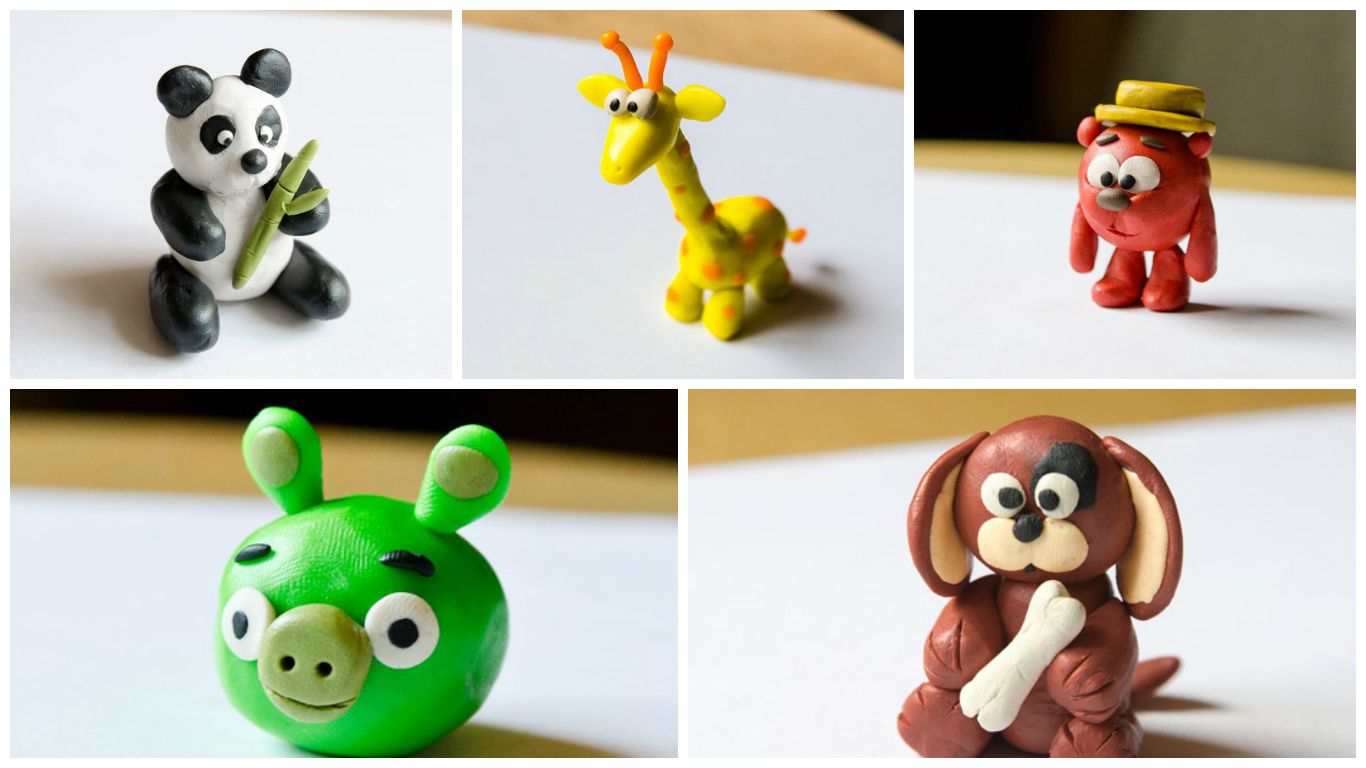
Review Content:
The benefits of modeling clay
Kids, spending time modeling, learn the world around them, think, analyze, compare. Modeling develops imagination and creative skills, increases the intellect and spatial imagination of the child. Work with fingers develops fine motor skills and speech, concentrates attention, instills perseverance, and promotes logical thinking.
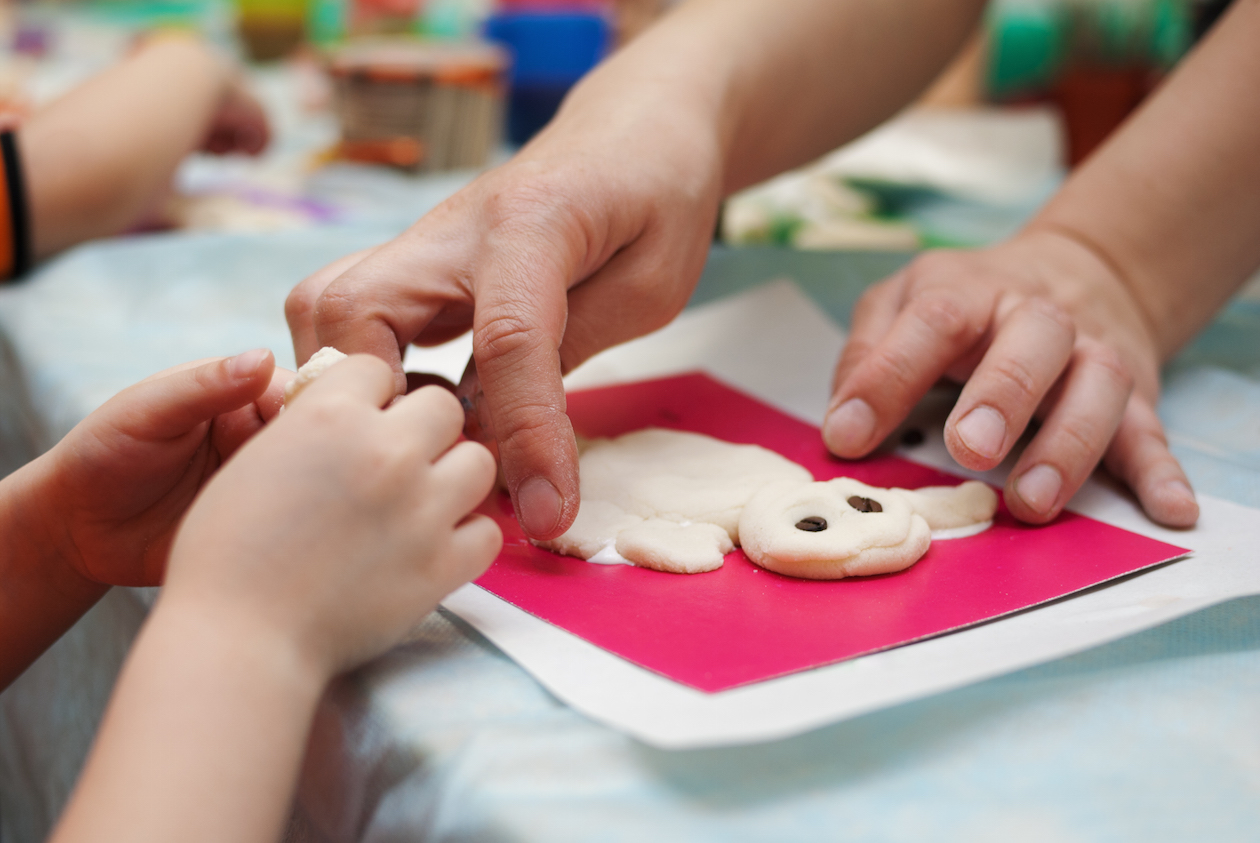
Crafts from plasticine for children are the first step towards getting acquainted with the magic of decorative applied art. Let the first children's crafts be awkward. The child, often engaged in modeling, gains experience and will one day begin to amaze with his boundless imagination.
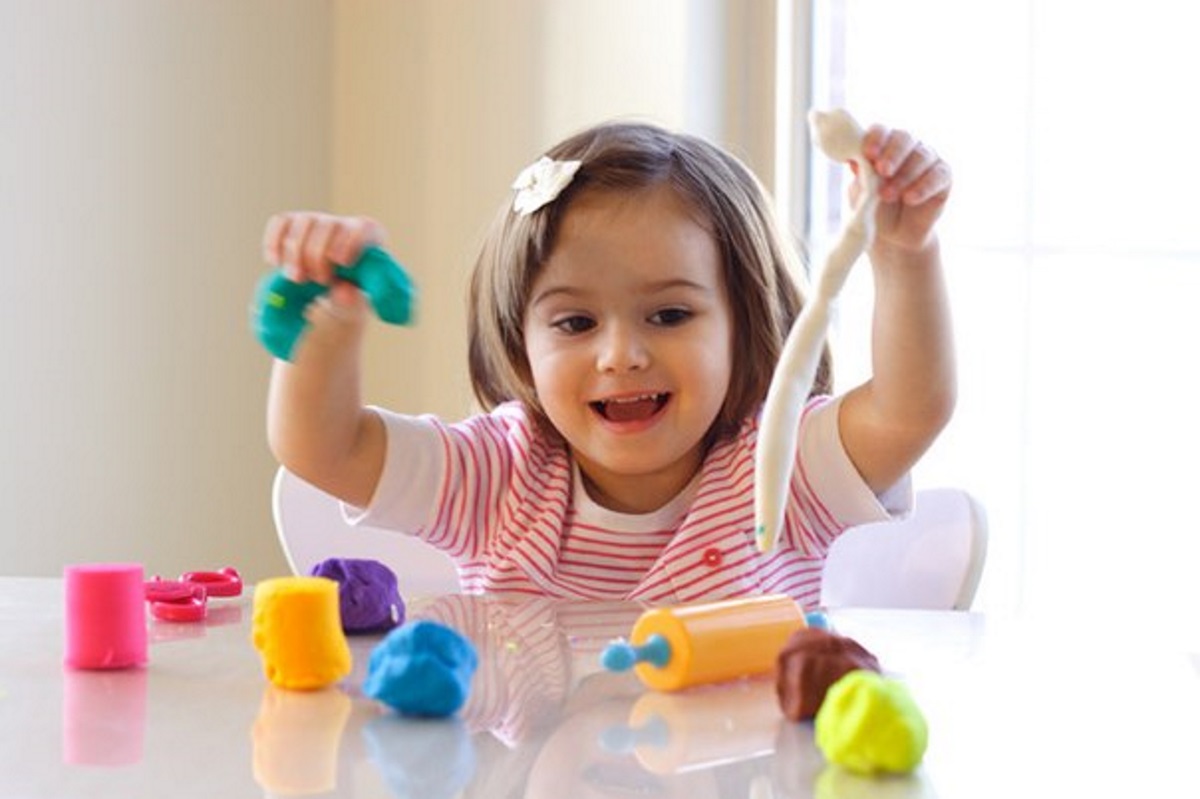
Handmade collections from crafts
Products that the child himself created become very dear to him. It is rare when a baby breaks what he himself has built. Crafts from light plasticine can make up a man-made collection of figures of his own production.
Lightweight plasticine, a modern ornamental material, has the ability to harden and harden in air. Souvenirs made from it will not stick together and will retain their shape for a long time. The bars must be stored in airtight packaging, otherwise the material will become hard and will not be suitable for modeling.
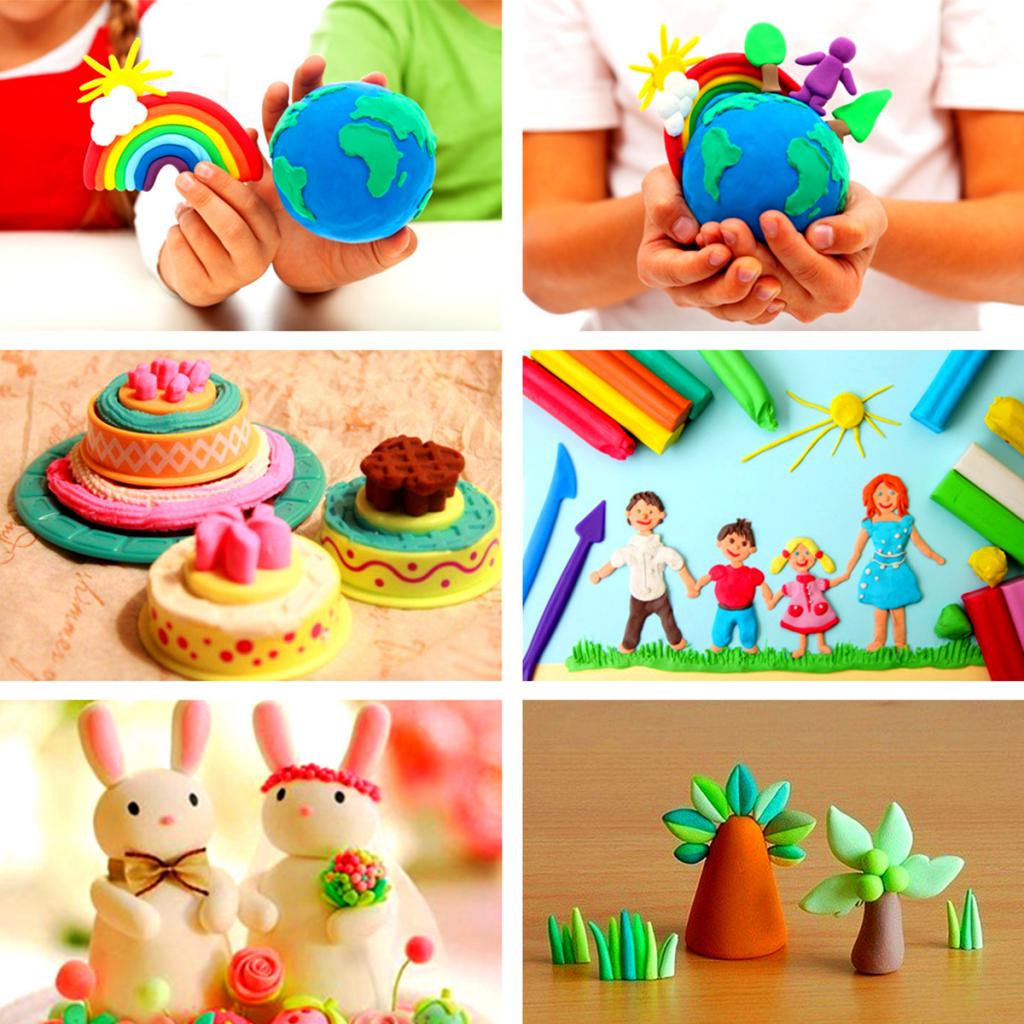
Details for the figures need to be done quickly and put together using matches or toothpicks. If the fastening of the parts is difficult, then the joints should be moistened with water first.
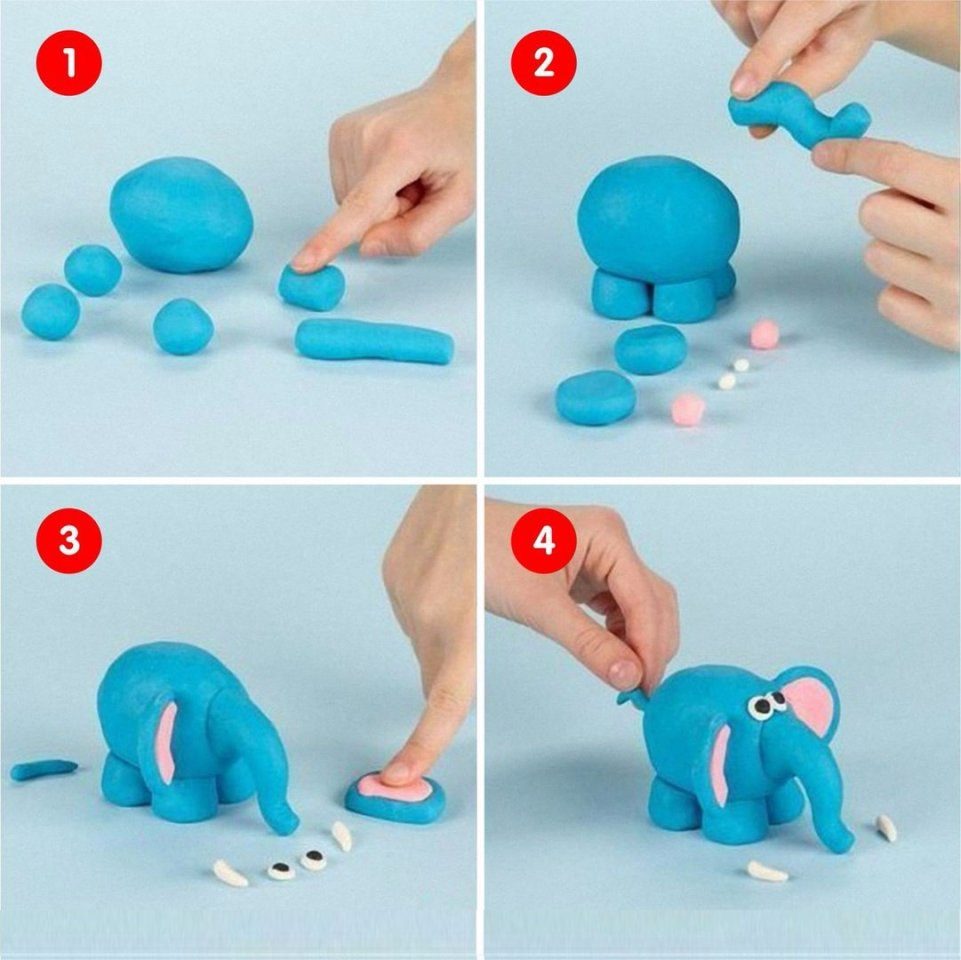
By mixing pieces of different colors, you can get new shades - the material mixes well, turning into a homogeneous mass. From light plasticine, you can create unique Christmas toys, jewelry and accessories for dolls, and even children's jewelry.
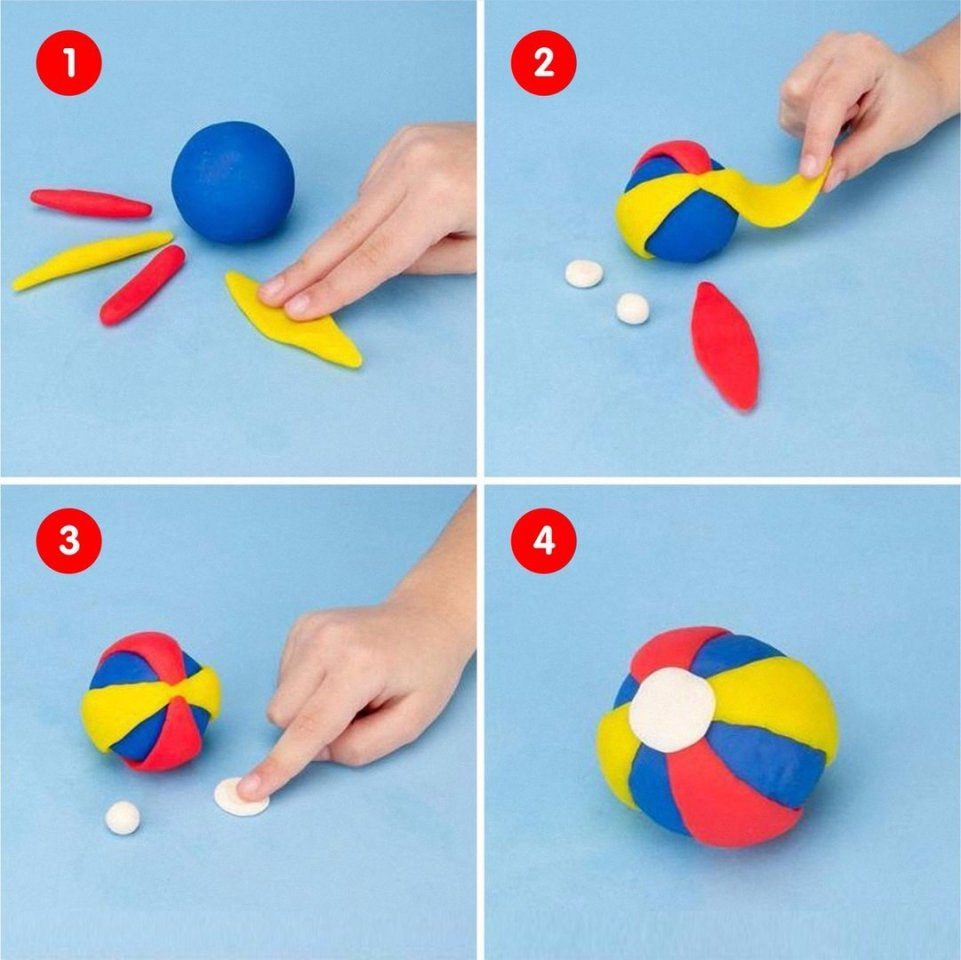
Plasticine for the smallest
Kids are not able to do the same thing for a long time. The need to constantly move in search of something new stands above perseverance and diligence. But these qualities in a little man can be developed with the help of a new kind of plasticine.
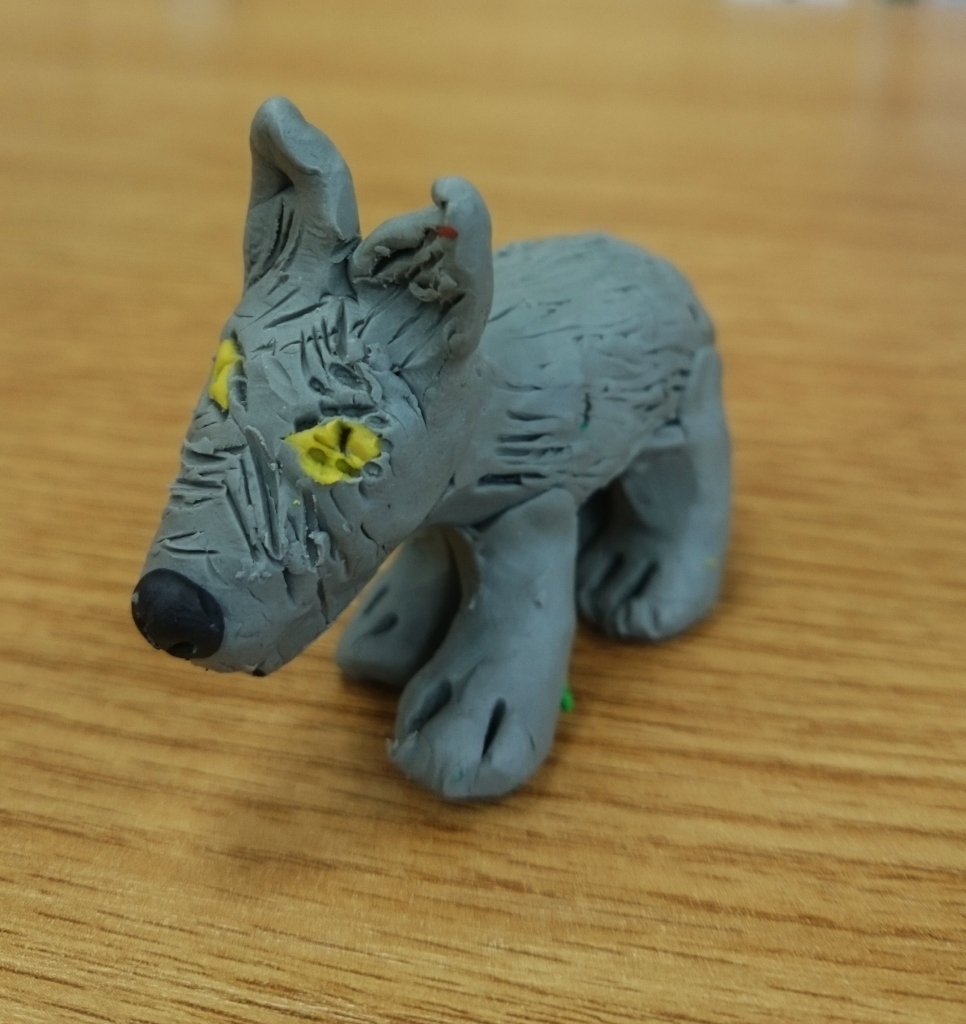
Airy plasticine is so soft and plastic that a two-year-old child will cope with it. By this age, he has an imagination of space, and the future sculptor will be happy to learn the modeling process. In addition, crafts made from air plasticine can float in water. Colorful fish will turn the swimming process into an exciting game.

A huge variety of colors of this velvet-to-touch material makes it possible to realize the most daring fantasies. It does not stick to hands and has no smell. A day later, a toy made of air plasticine becomes solid and durable, it can be played.
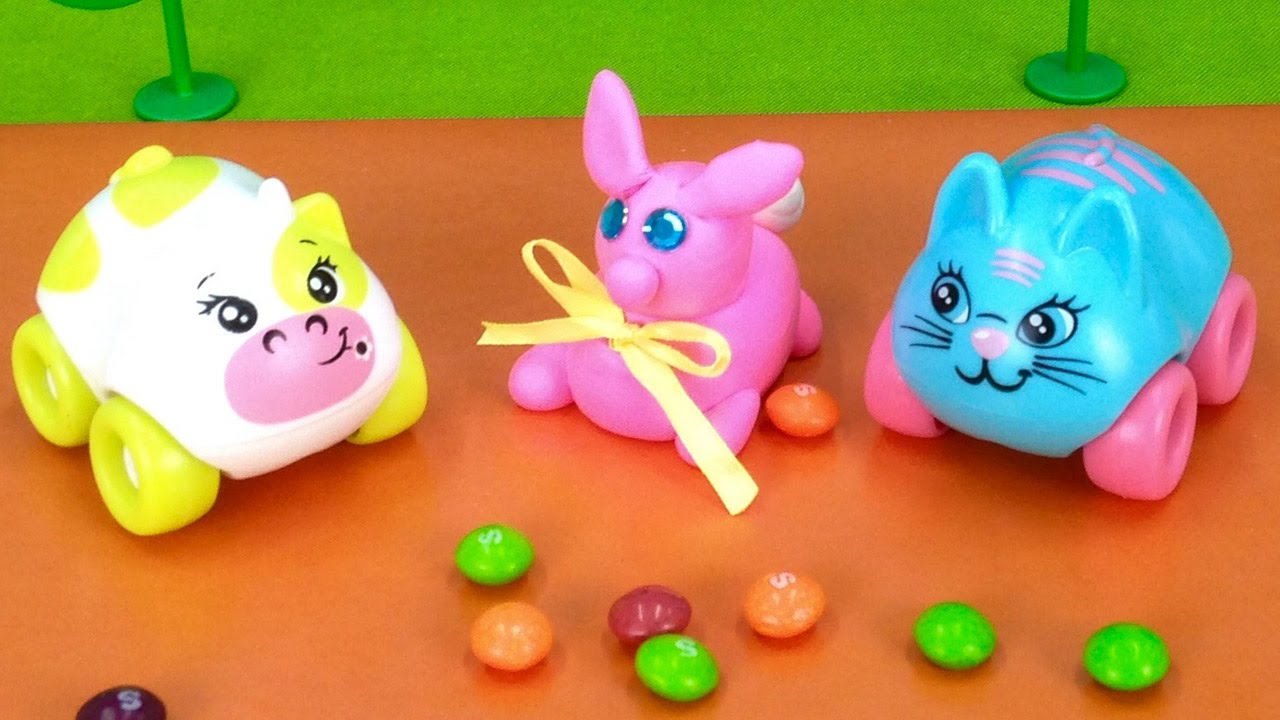
You should not make a large number of blanks for the future figure, but create the craft in stages. It is better to cover the prepared elements with a piece of cloth so that they do not dry out.

But if, nevertheless, the pieces hardened, they can be restored by lowering it by 1 min. into hot water. Soft parts stick together easily. Within an hour, the craft hardens and resembles polystyrene in structure. Final drying occurs after a day.
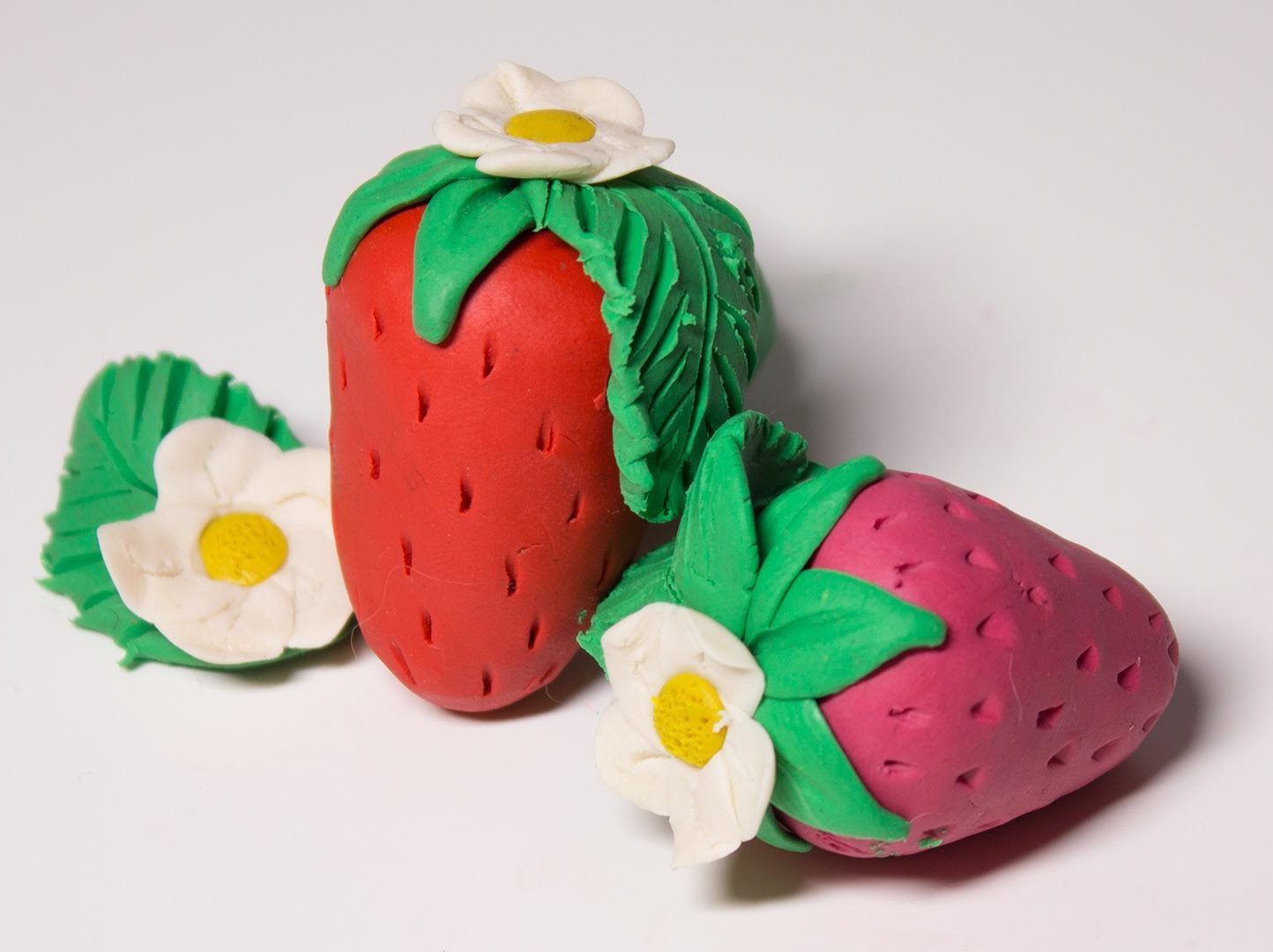
The path to excellence begins in childhood.
Adults remember the hard plasticine of the Soviet era, which had to be softened, warming in the palms. Today's children have much more opportunities and materials for needlework.
Plasticine works can be supplemented with a variety of beads, beads, spruce and pine cones, acorns. From cereals or grains on crafts, create a pattern, decorate with an ornament. From such additions they will become even more beautiful and expressive.
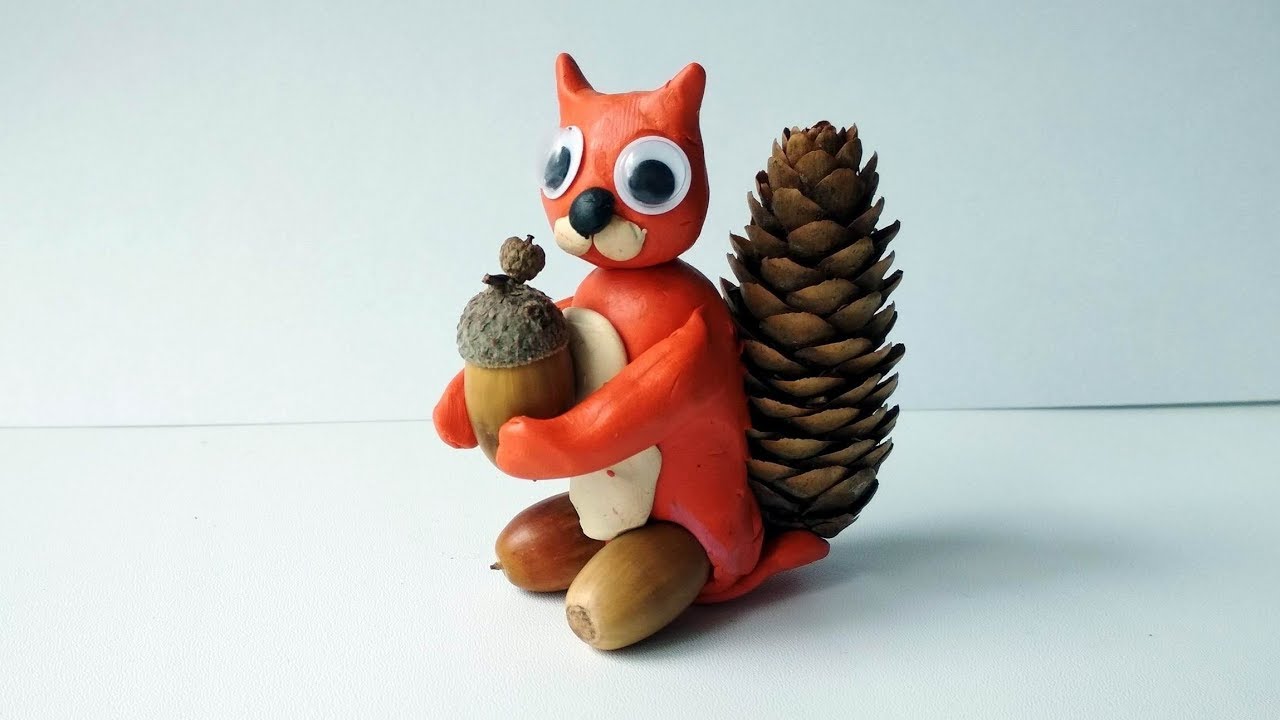
The best crafts from plasticine can become exhibits of the exhibition of children's creativity. Then a large number of people will be able to admire such works.

Note!
There are a lot of options for creating plasticine products. It can be simple, uncomplicated figures and whole compositions. Children love to play with small toys, and even more so with their own hands.
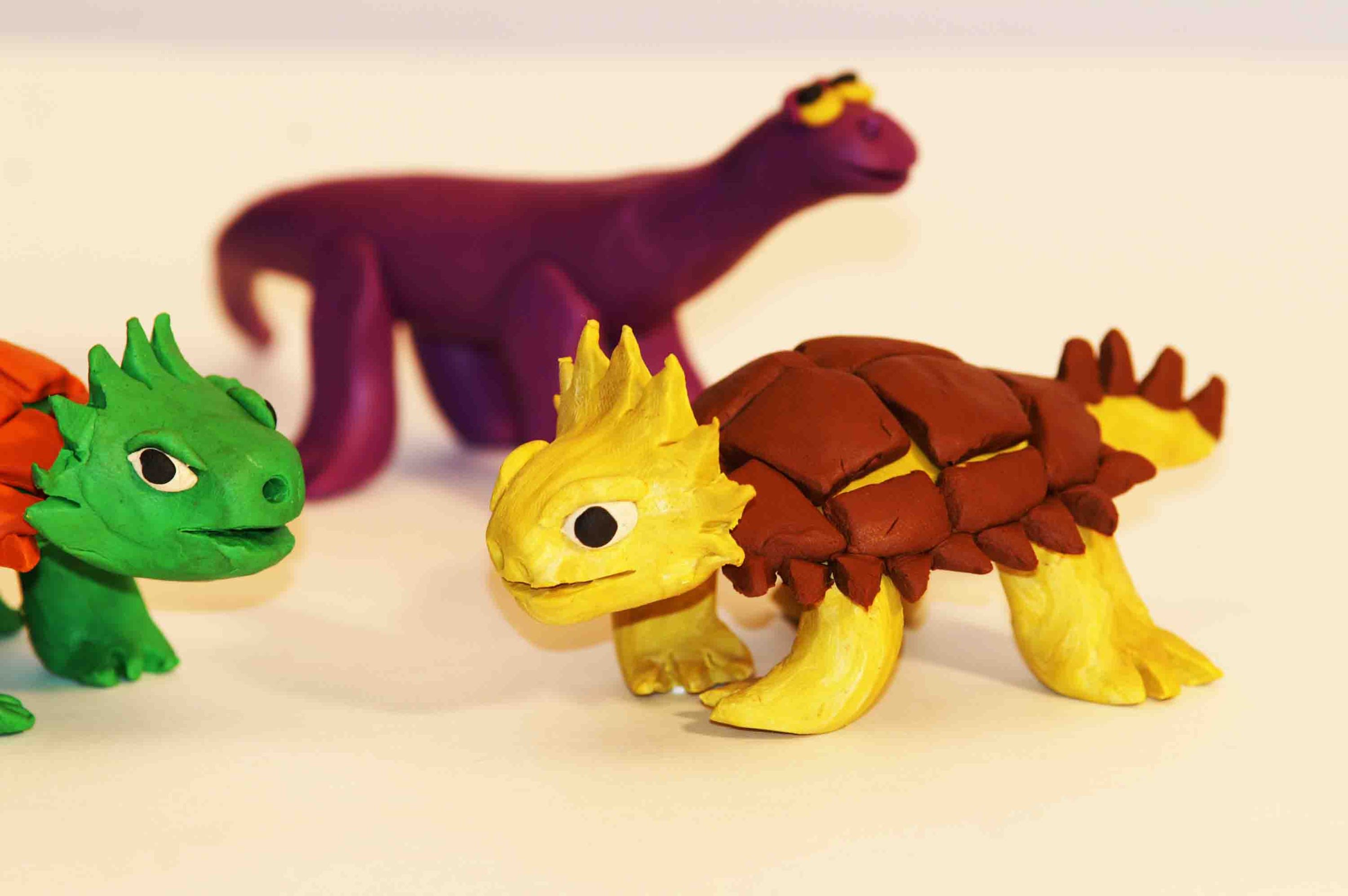
Girls, as a rule, sculpt jewelry for a dollhouse, dishes, create natural landscapes. Boys produce plasticine cars, tanks, pistols, airplanes. And cartoon children, funny and so close to children's consciousness, are trying to make all the children.
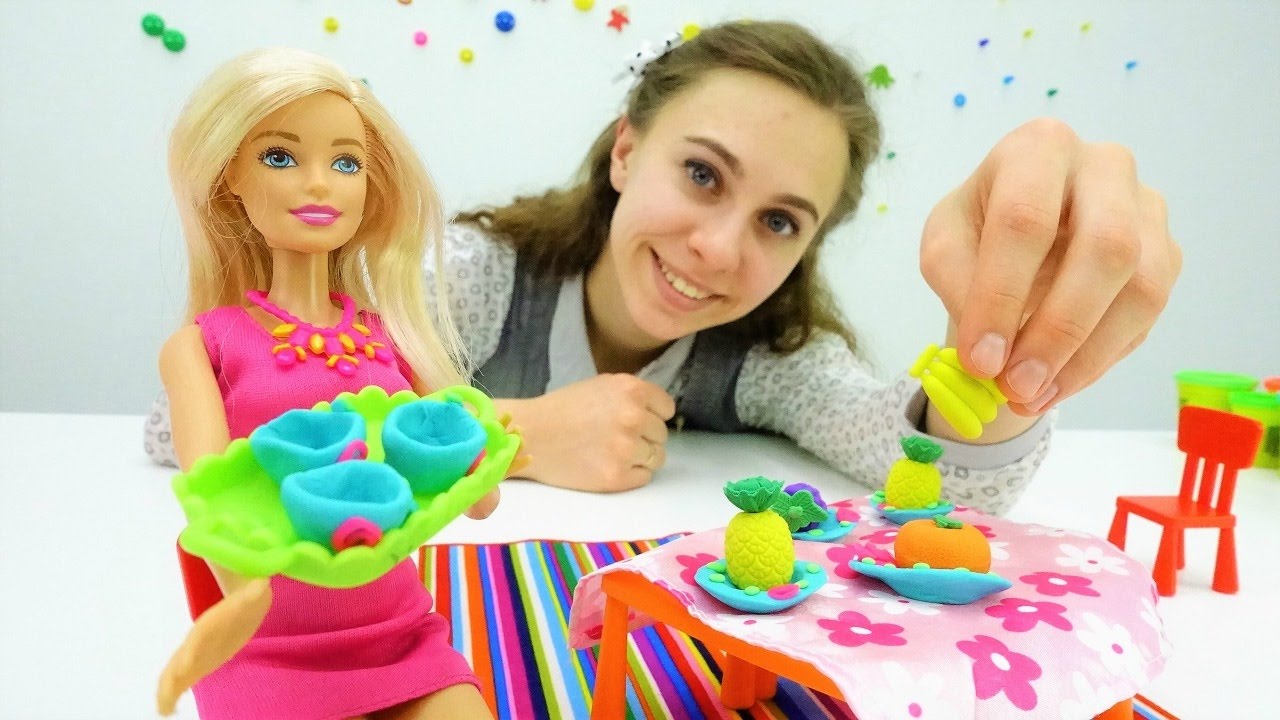
Crafts of varying difficulty
From multi-colored bars, skillful hands create real works of art. Sometimes there is not enough imagination to create a masterpiece, and hands are asked to do it. Then you should resort to advice from the side.
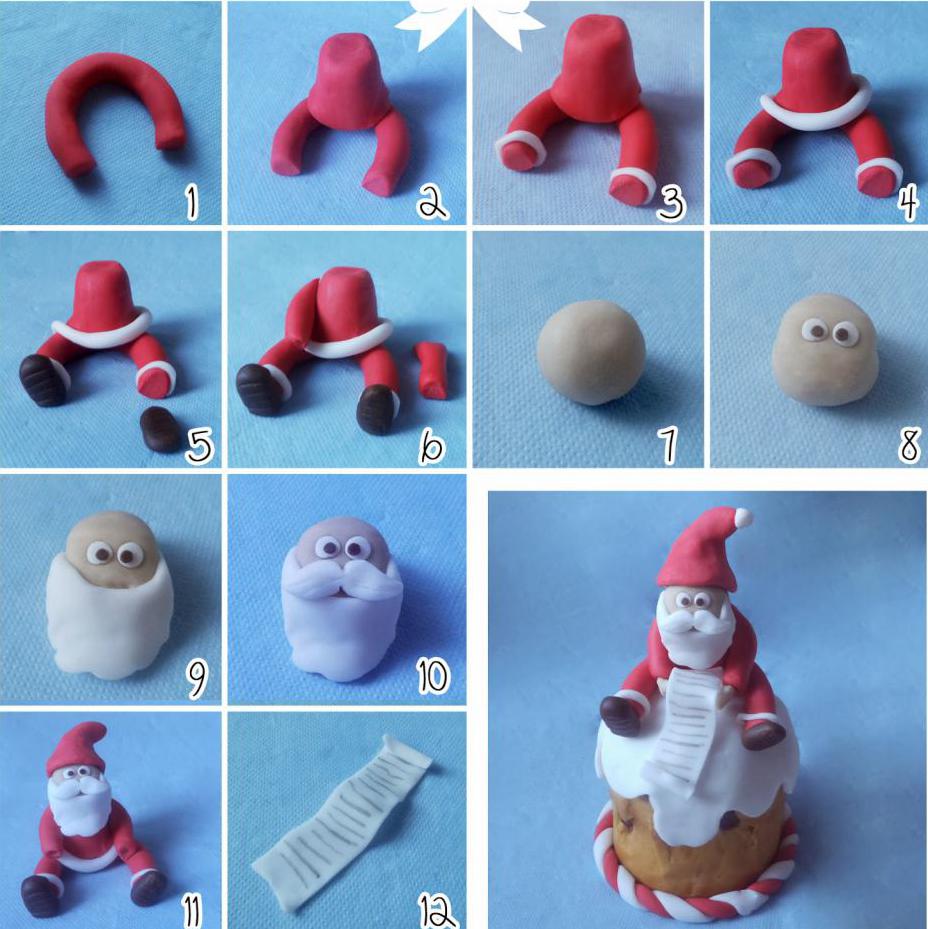
Well-versed in this type of creativity, craftsmen at numerous sites give master classes on creating DIY plasticine crafts. Among the works you can find magnificent floral panels, compositions on the marine theme, fabulous palaces and even miniature magical cities.
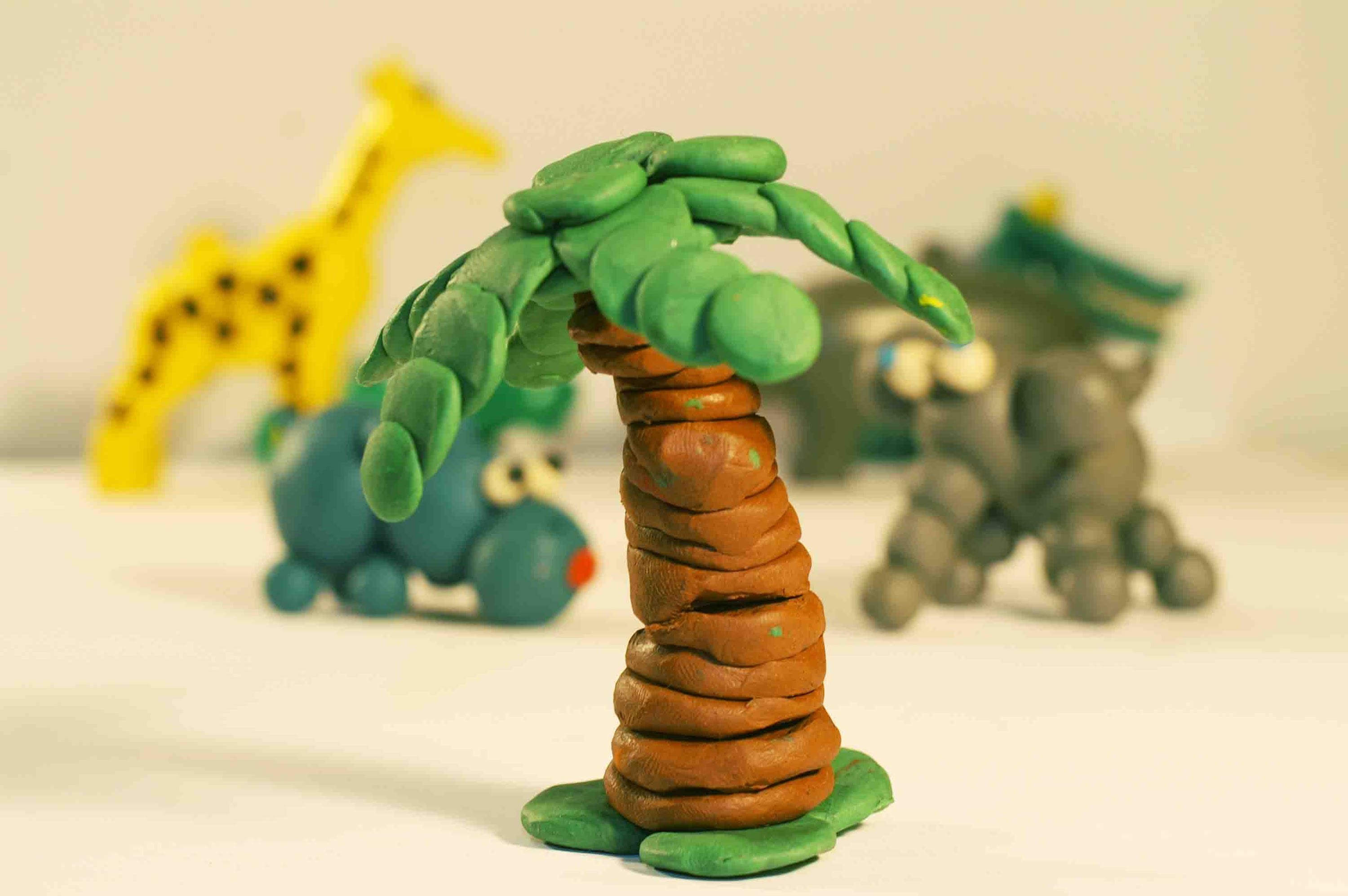
Adding shells, eggshells and other improvised materials to products, unique creations are obtained. Man-made souvenirs can be completely presented for a birthday or other festive event.
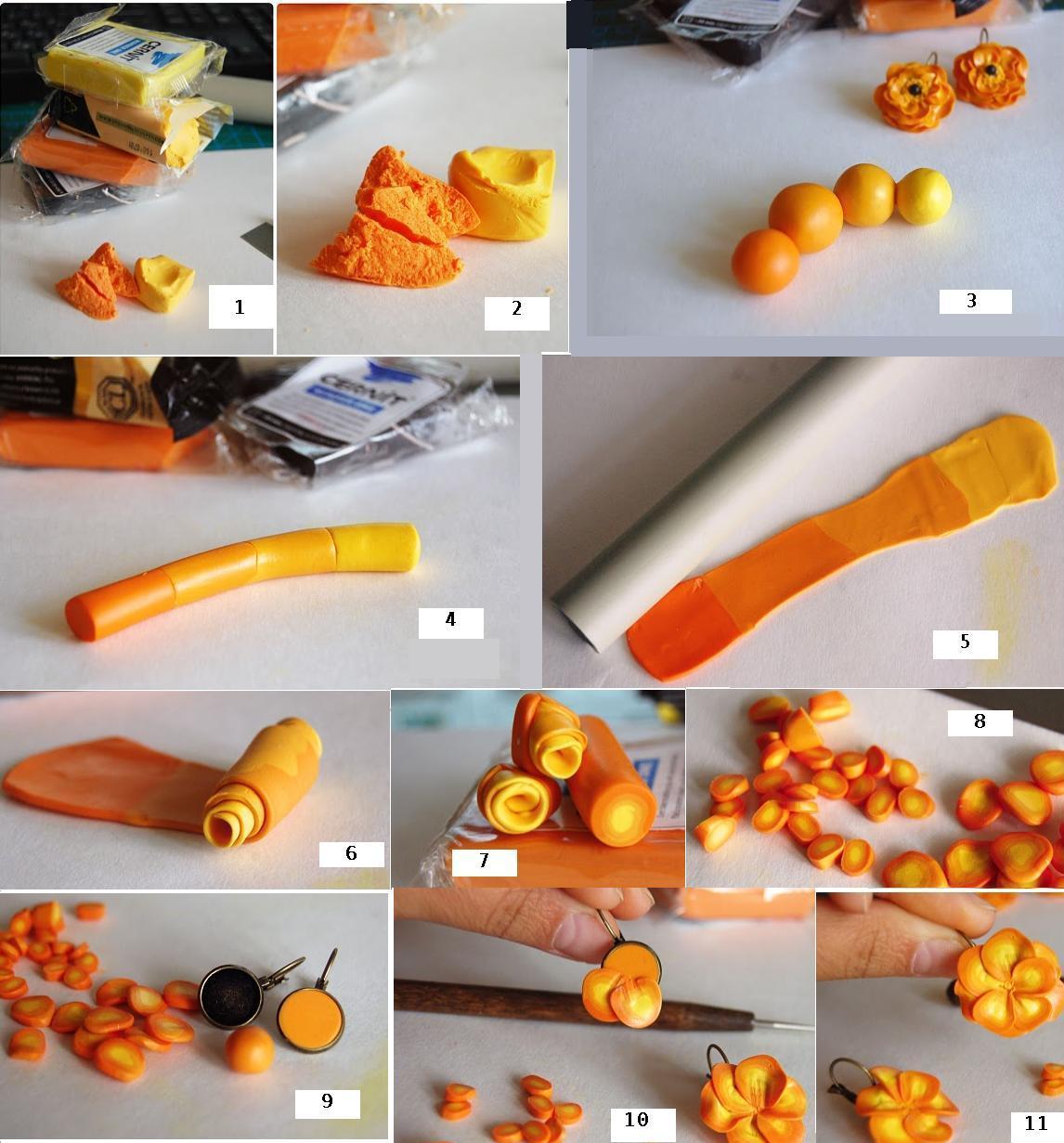
Note!
A talented sculptor, honing his skills, pays attention to small details. A simple blank from plasticine also turns into something perfect, if you create a relief surface using a special knife.
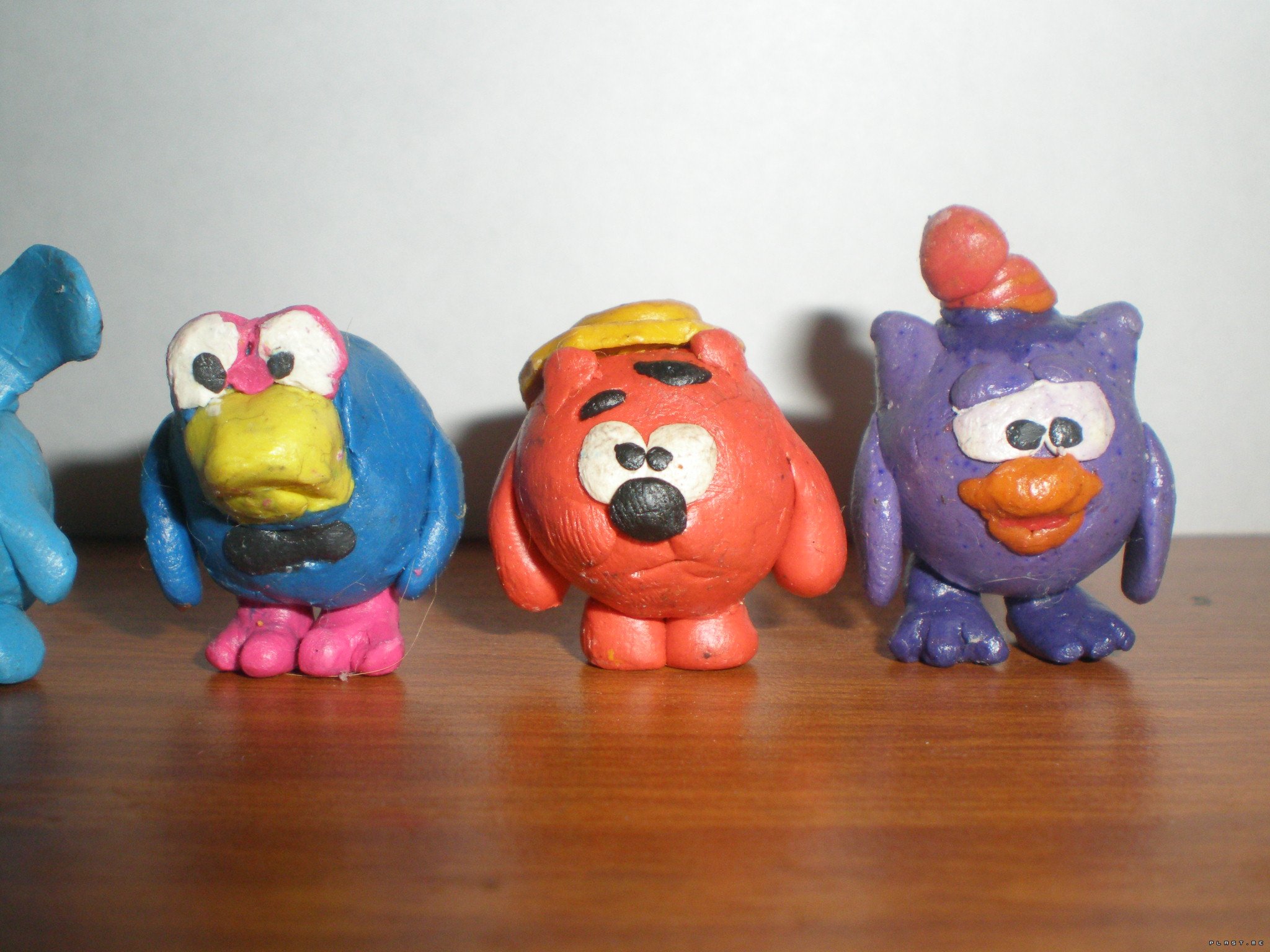
Exciting lesson combined with the game
It is known that a child’s speech directly depends on fine motor skills. The sooner the baby begins to work with his fingers, the earlier he will start talking and the help of a speech therapist will not be needed.
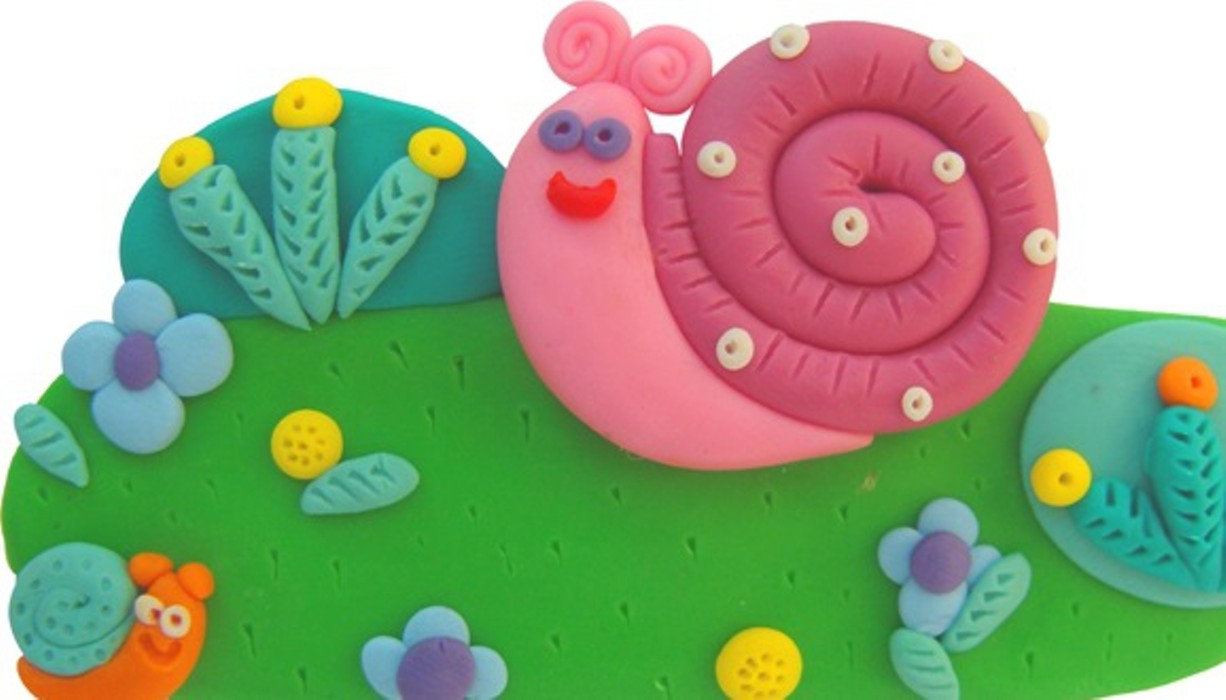
Sitting down to sculpt a small child is not so simple. So, you need to interest, turn the process into an exciting game. For the first lessons, you need to choose soft clay and show how the material changes shape.This will surely entice the baby, because the toys do not change, but here such transformations can be carried out!
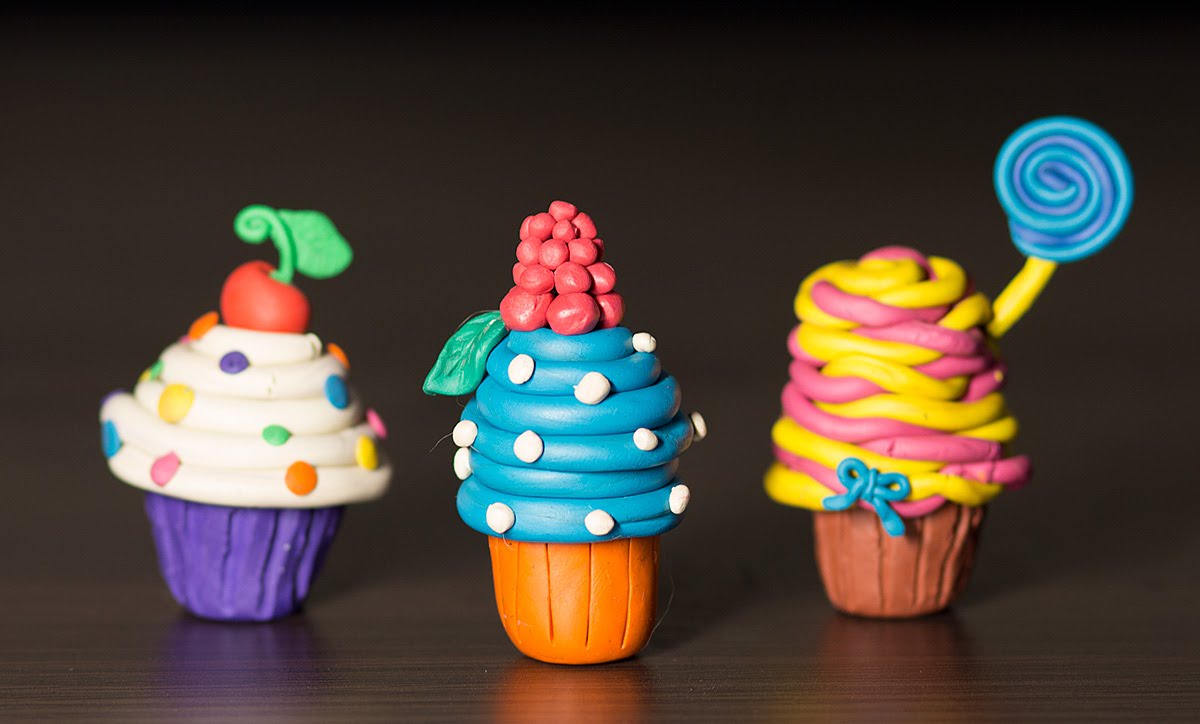
Organize a workplace for the child and give him a board made of plastic or plywood. Show how you can roll a ball in your hands, which will be a kolobok from a fairy tale or a ball. Roll sausages of orange color on the board and make carrots out of them. It is advisable that the baby first saw these objects in the picture.

Working with plasticine is very exciting - you can make different figures from the same piece. In the future, to create more complex shapes, you will need a special knife (usually made of plastic), a stack, and various shapes. But first, the child must learn to roll the ball and roll sausages, make indentations with the finger and flatten the ball into a cake, pinch the edges and connect the simplest parts.
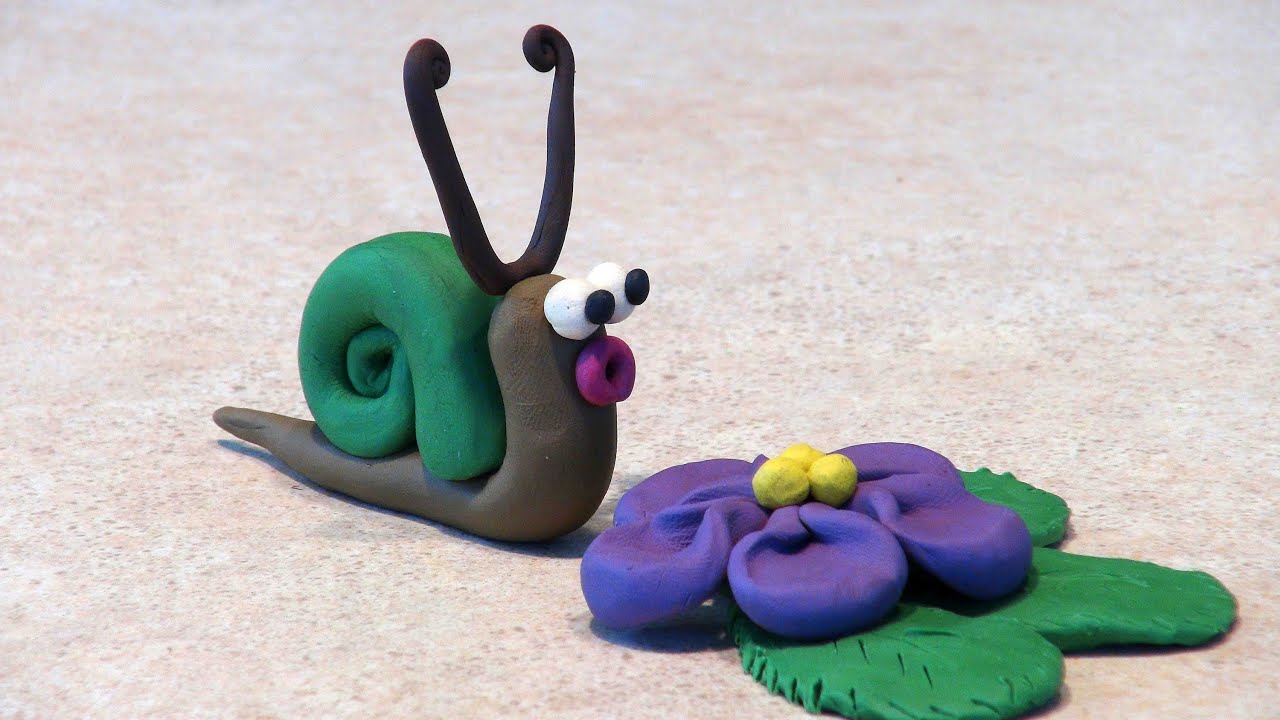
Note!
With the figures that the child made, you need to play. Scenes with the participation of man-made characters will contribute to the development of perseverance in the child. He will understand that to get the result you need to try.
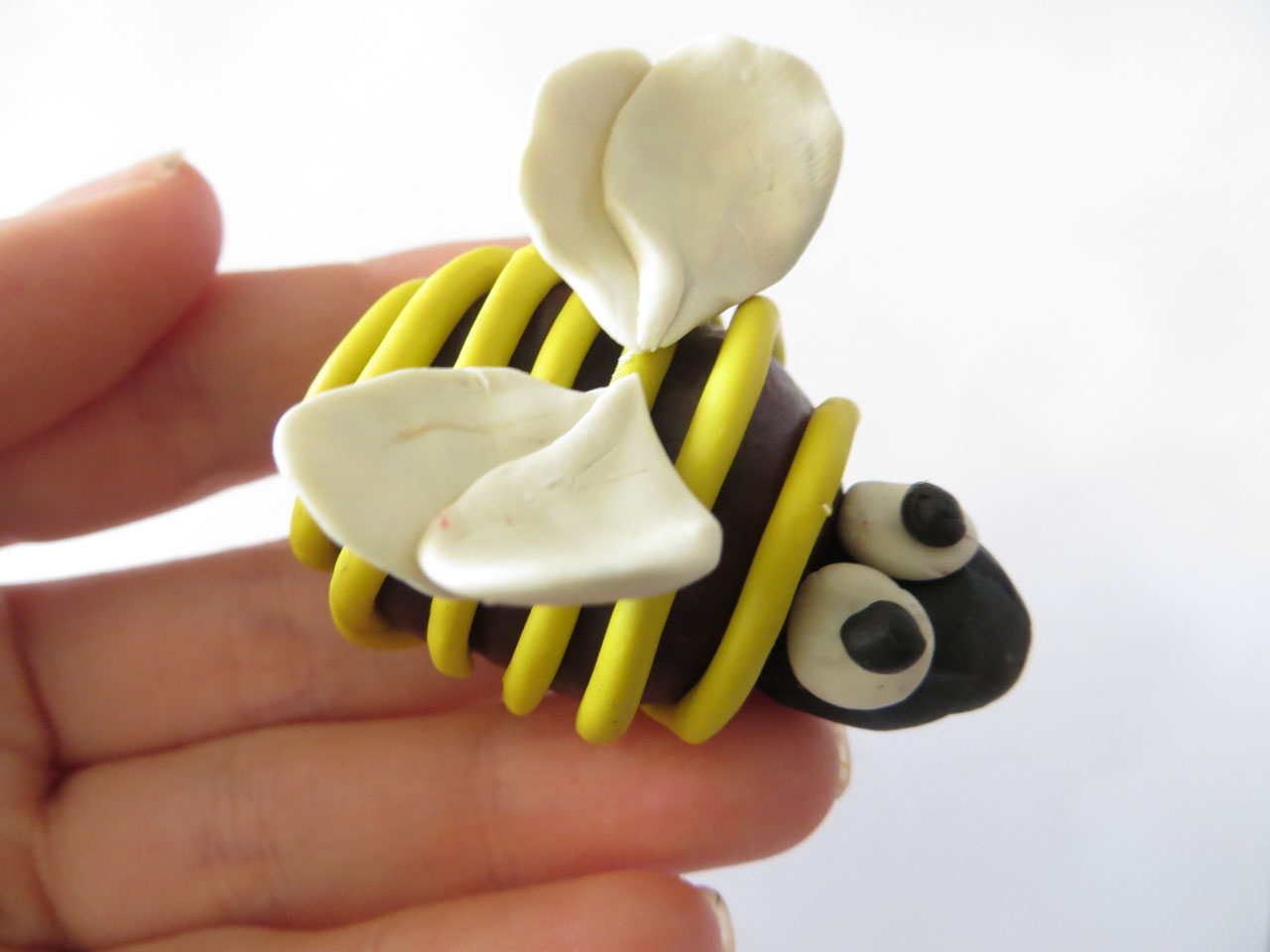
To captivate the child with this process, you need to constantly change the subject of crafts. In one lesson to sculpt vegetables and fruits, in the next figures of animals. With funny fish, bunnies, kittens of their own manufacture, the child will play and talk.
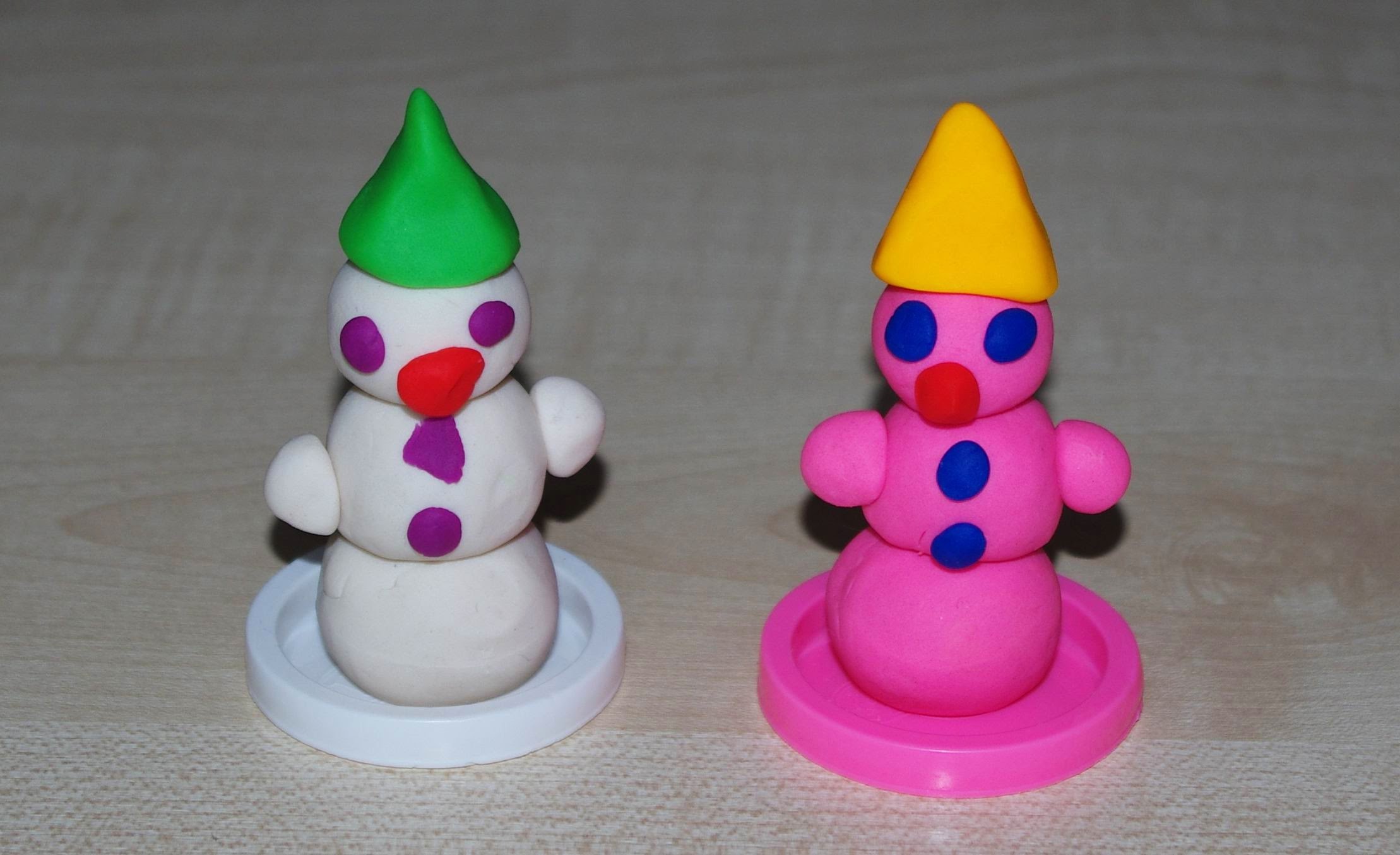
How to reuse plasticine
It is not possible to disconnect the multi-colored parts from the crafts that did not work out the desired. In this case, you can collect all the used pieces in one pile, mash it into a single mass and heat to a liquid state in an unnecessary dish. After solidification, the "old new" plasticine can be used again.
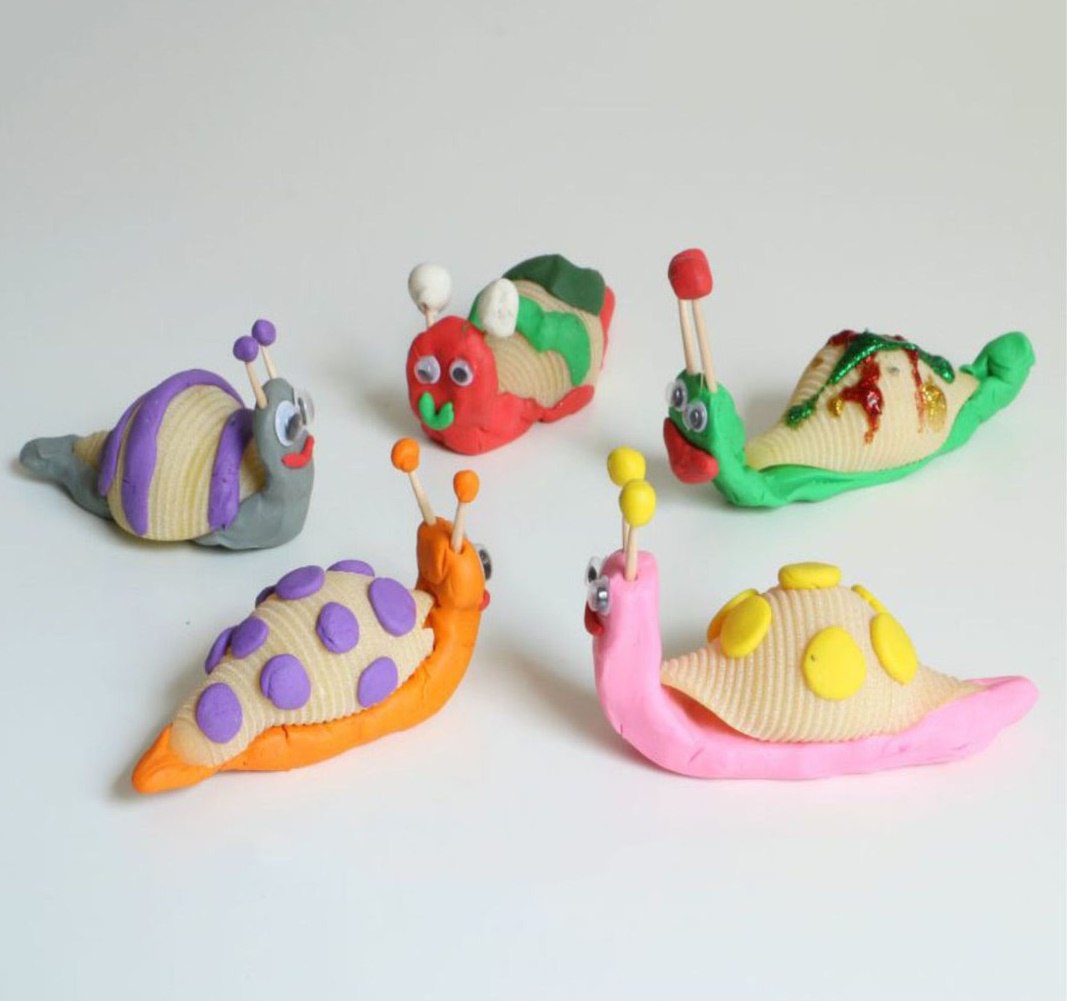
There is another way to use multi-colored residues to make plasticine crafts. Figures blinded from this mass can be painted.
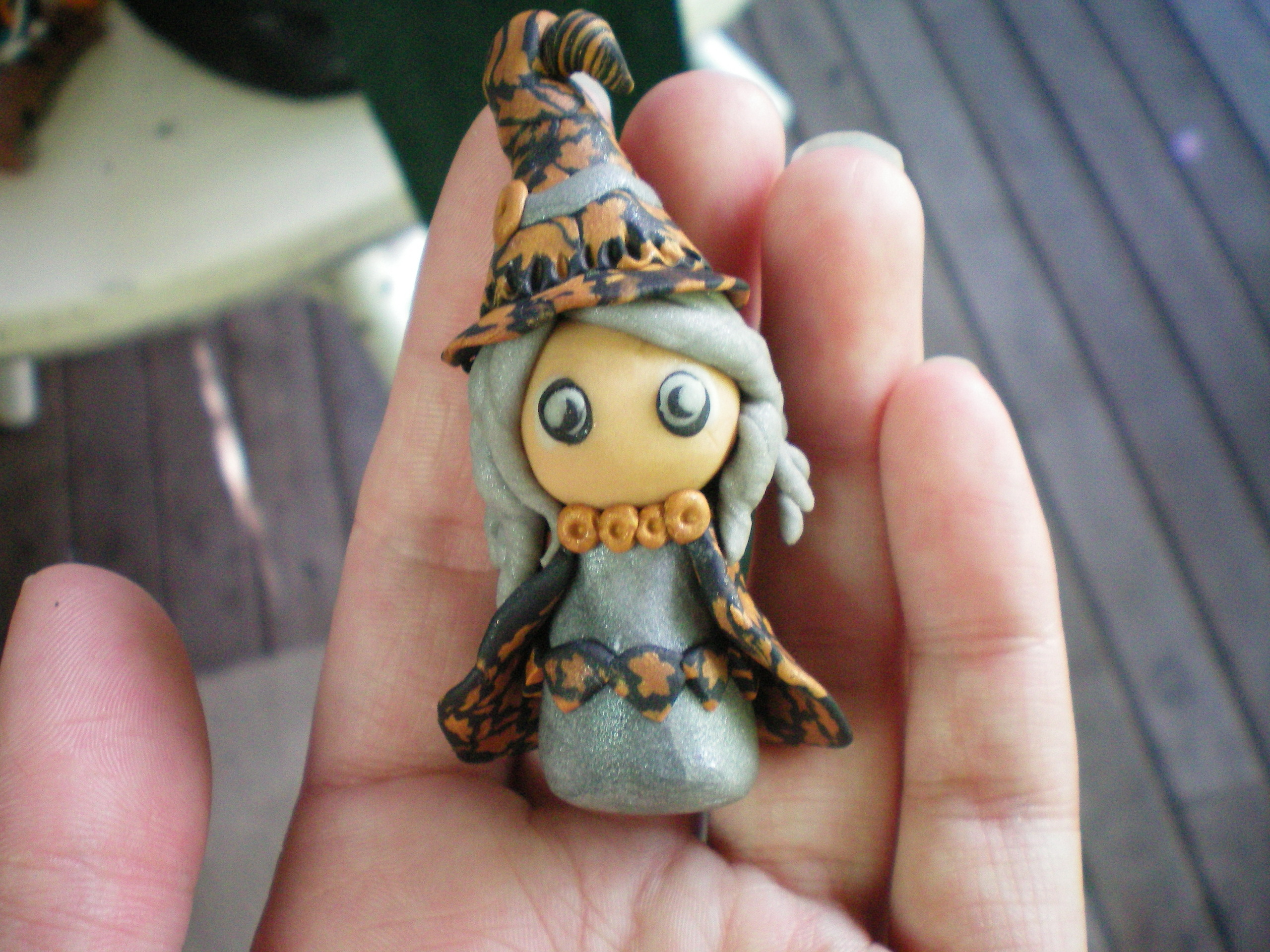
But first you need to degrease the plasticine product, sprinkling it with flour. Brushing off its excess, primed with white paint. Crafts painted with acrylics will look like expensive souvenirs from the store.
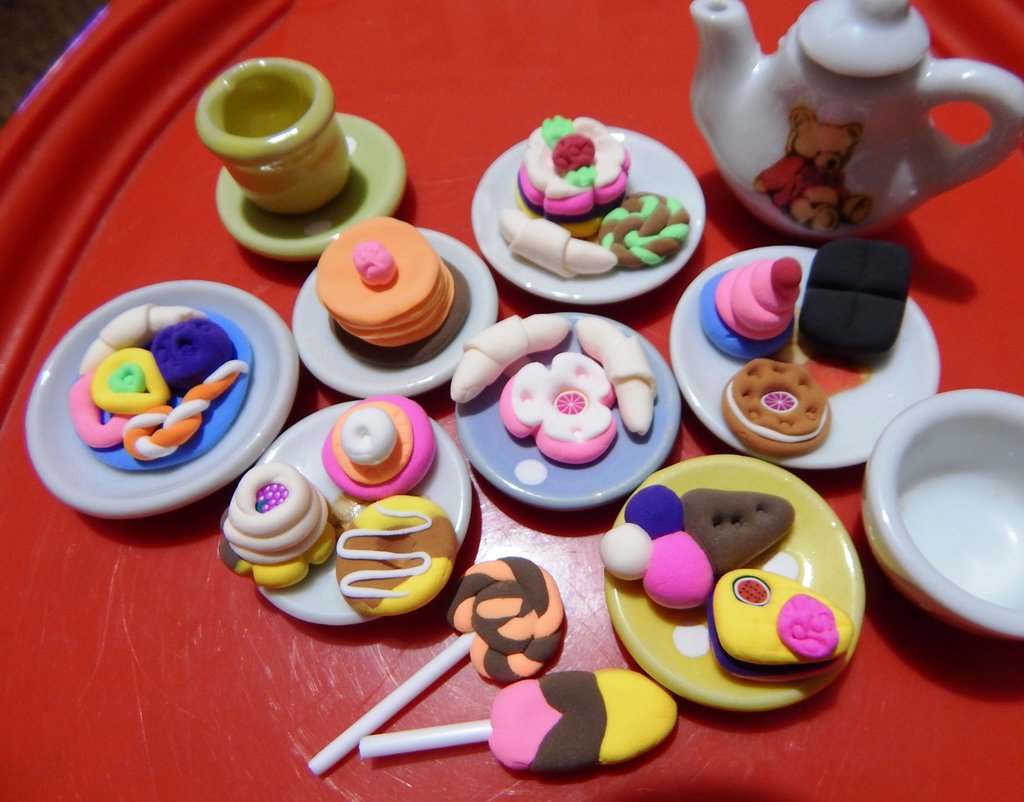
Thus, you can create the likeness of Dymkovo toys, nesting dolls, horses and everything that the soul desires.

Mandatory and useful modeling
Preschool children are very mobile. Classes with plasticine in kindergarten are almost central to the development of creative skills in children. With the help of modeling, they learn to distinguish colors, shapes and sizes, acquire a spatial representation of any object, learn to think logically and feel proportions.
The main thing for the educator is not to impose this lesson and not to force the child to do what he does not want. Visual aids and a personal example of an adult are used to attract children to modeling. To comprehend something new is a necessity for the child.
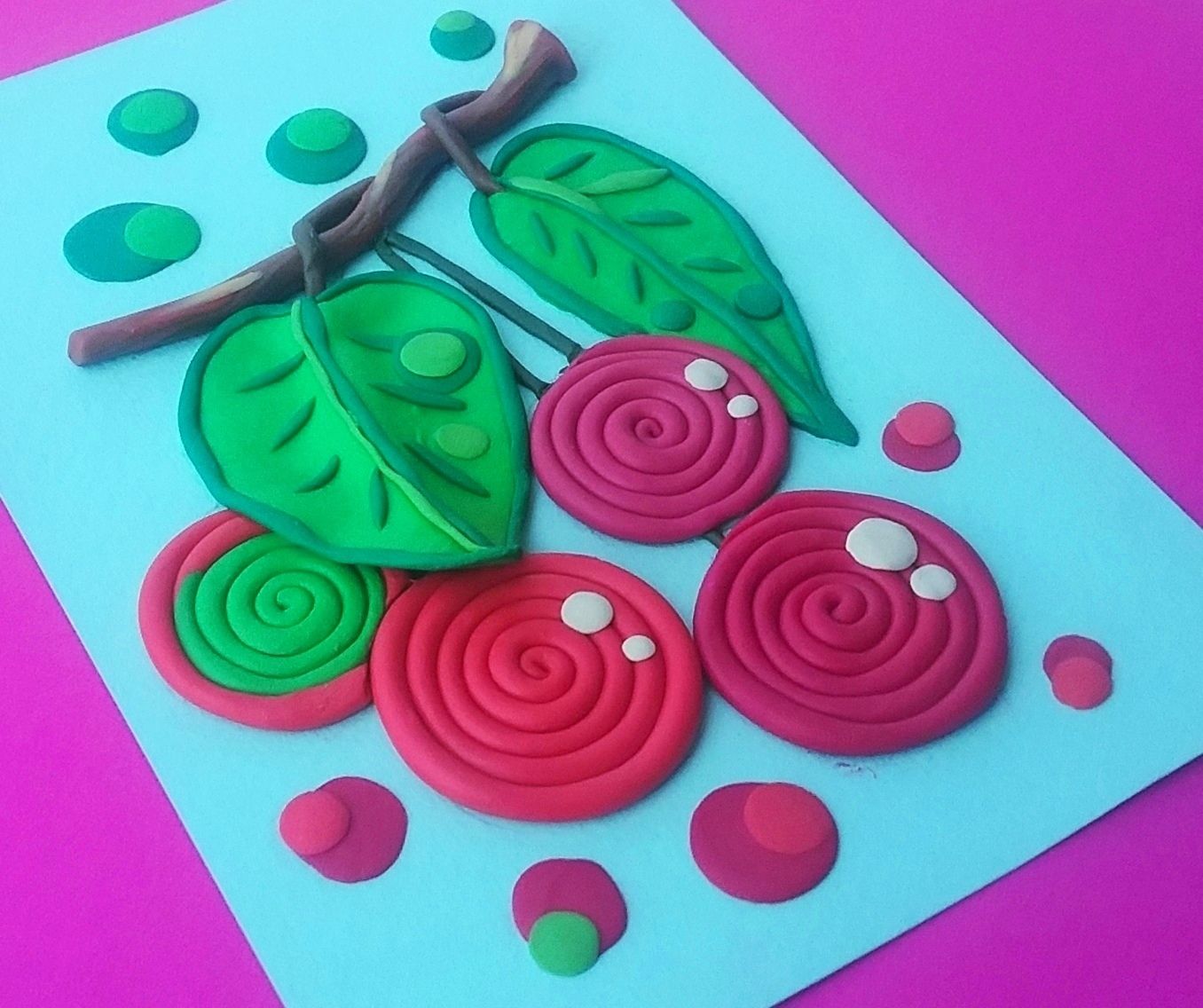
Curiosity in novelty contributes to the acquisition of new skills. Therefore, children begin to repeat the movements of the fingers of an adult and gradually enter this amazing creative process.
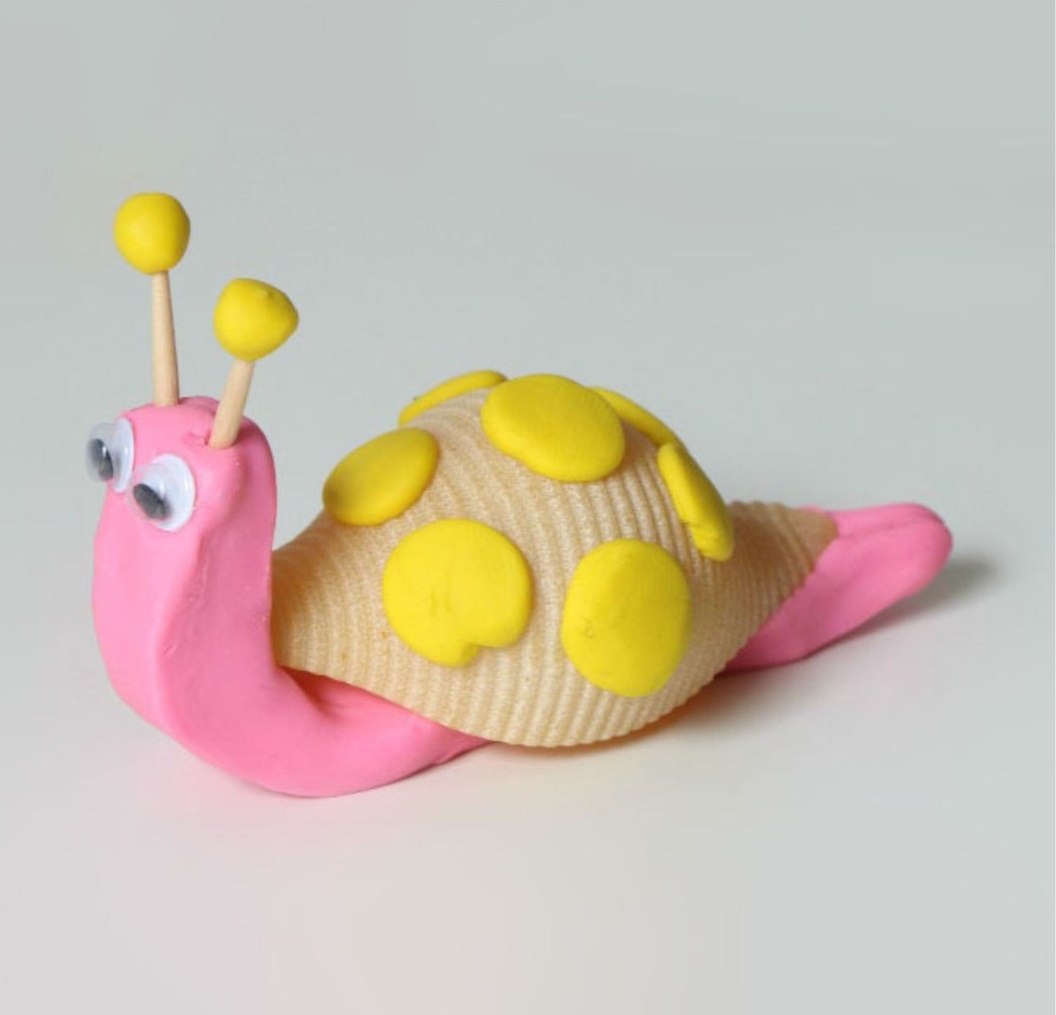
Preschool children enjoy this lesson and enjoy their crafts heartily.
School Holidays
Before any school holiday, a room is formed where it will be held. Plasticine at school comes to the aid of decoration. For the harvest festival or autumn ball, this material is used to create a luxurious panel in the colors of autumn.
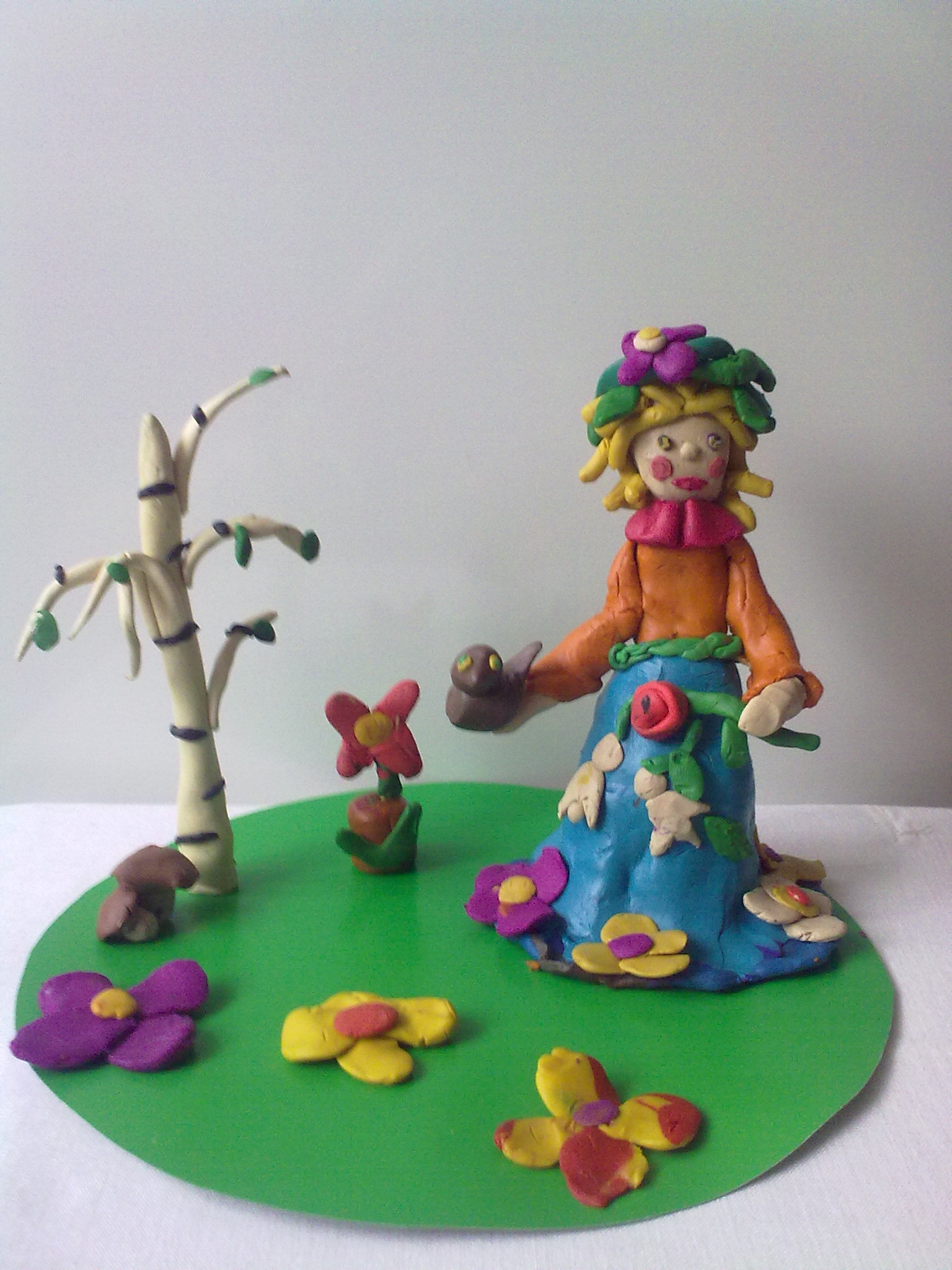
In combination with bright autumn leaves and rowan branches, an original colorful poster is obtained. In the primary grades of the school, children are happy to craft plasticine crafts that can be used for school exhibitions and competitions for the best plasticine souvenir.
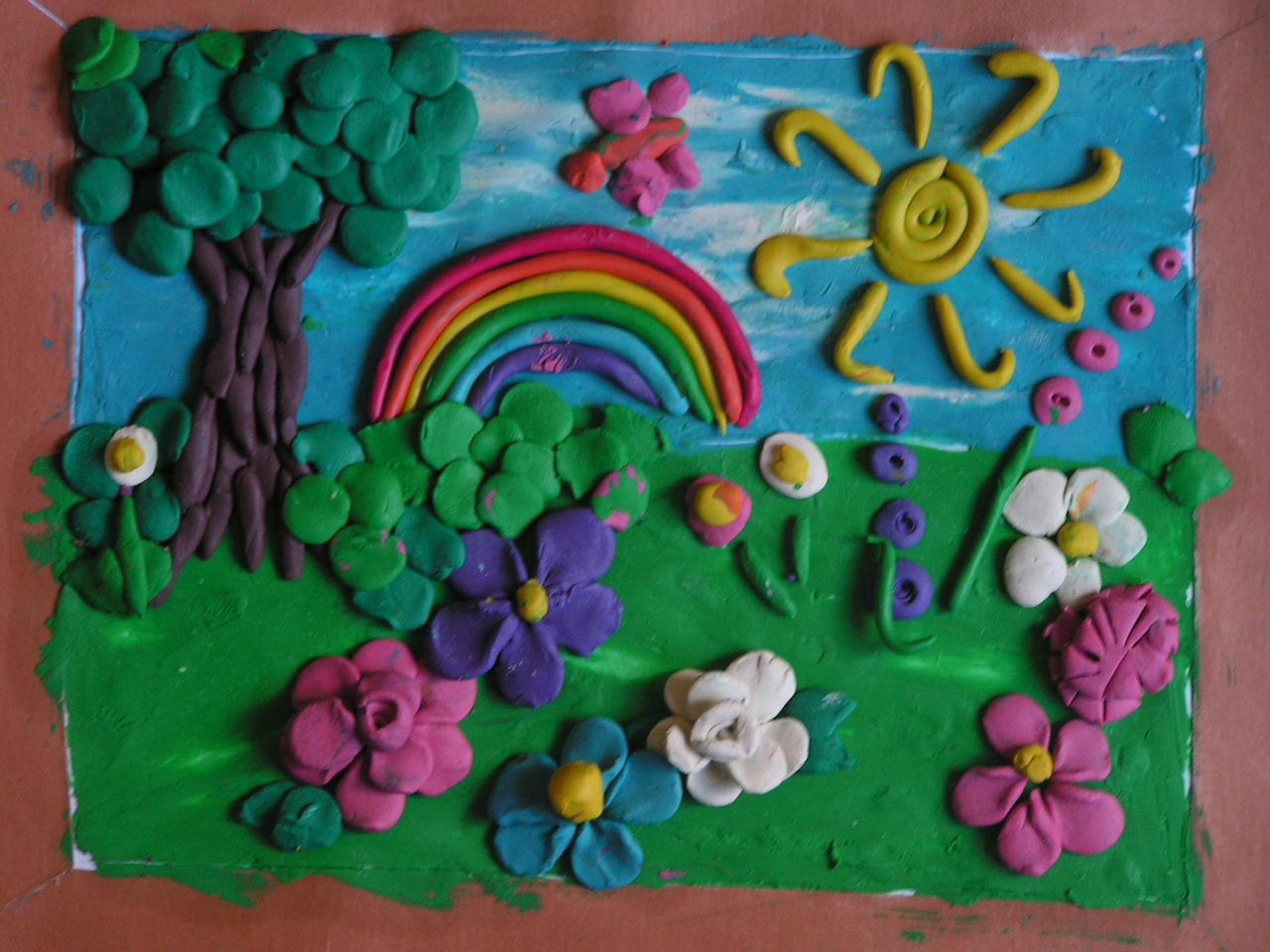
Plasticine crafts photo
